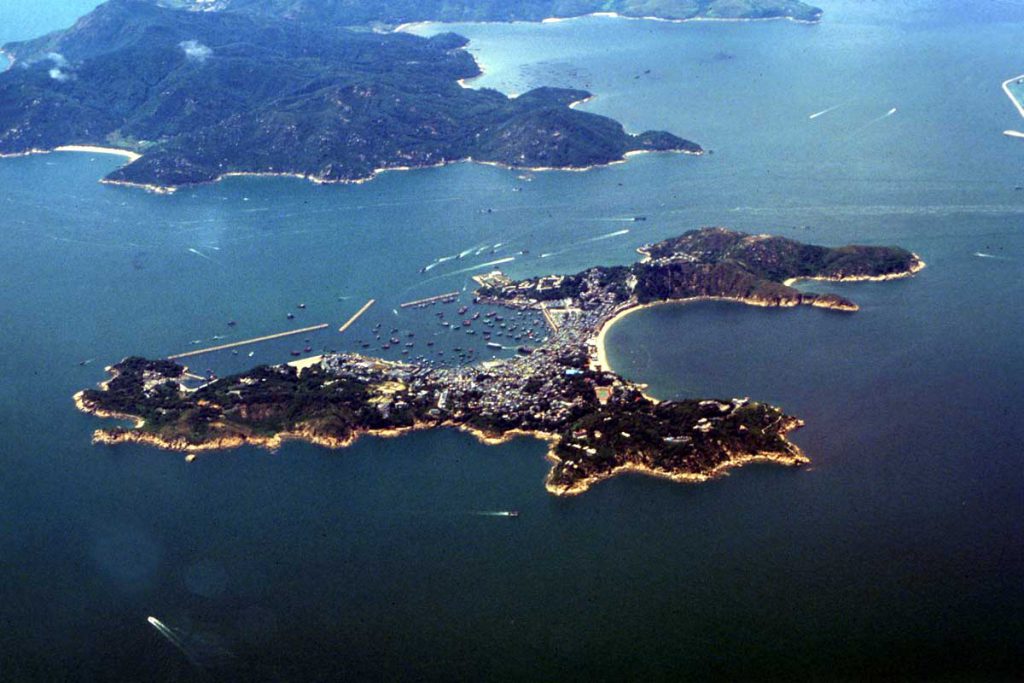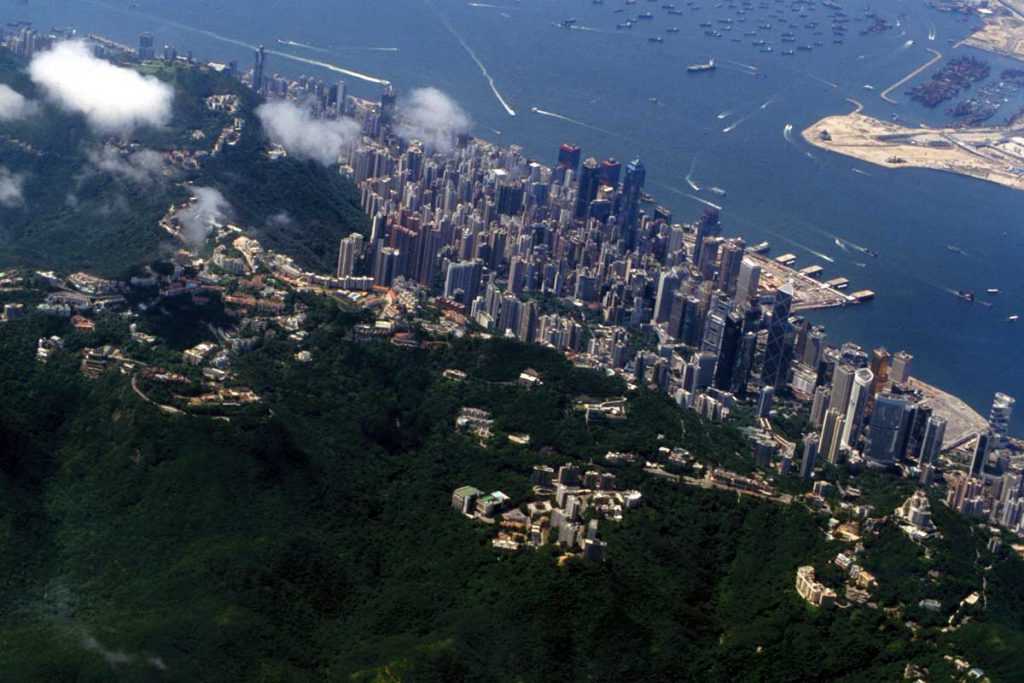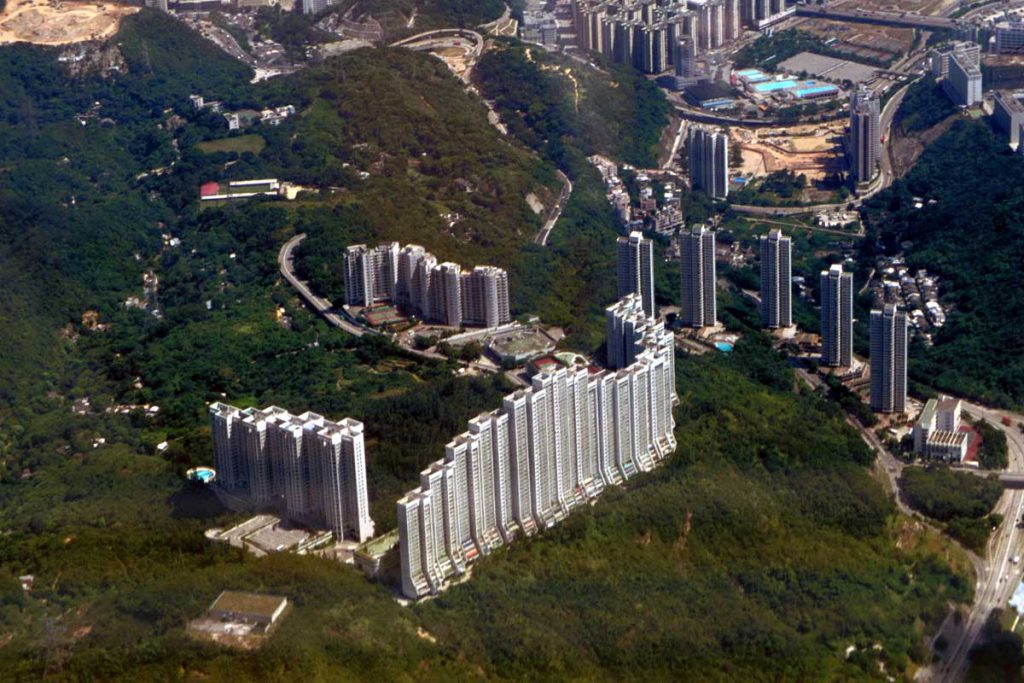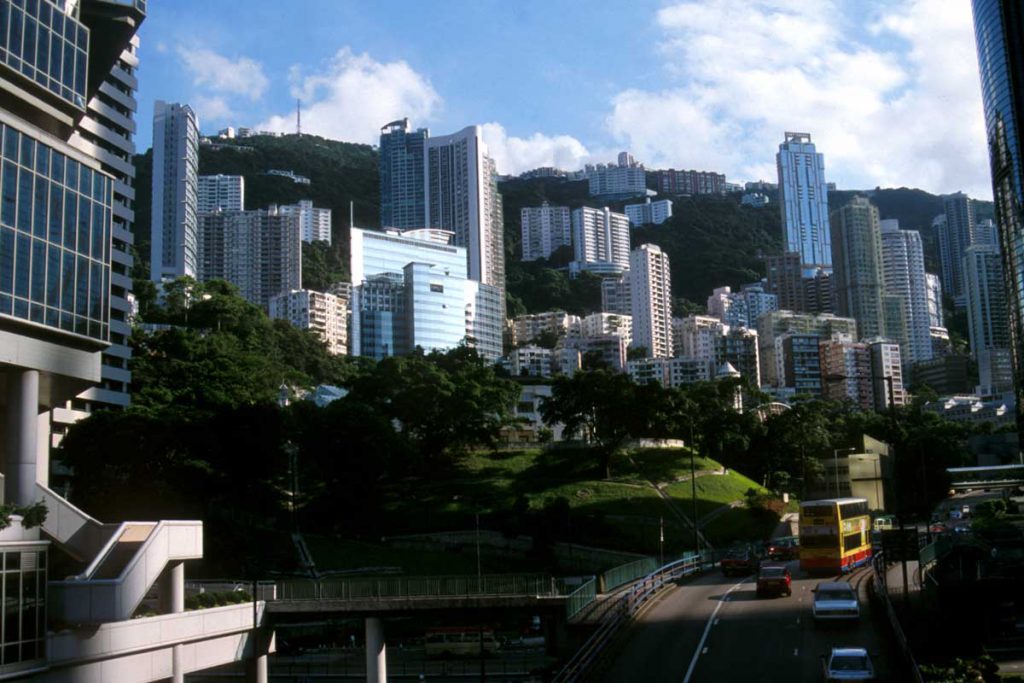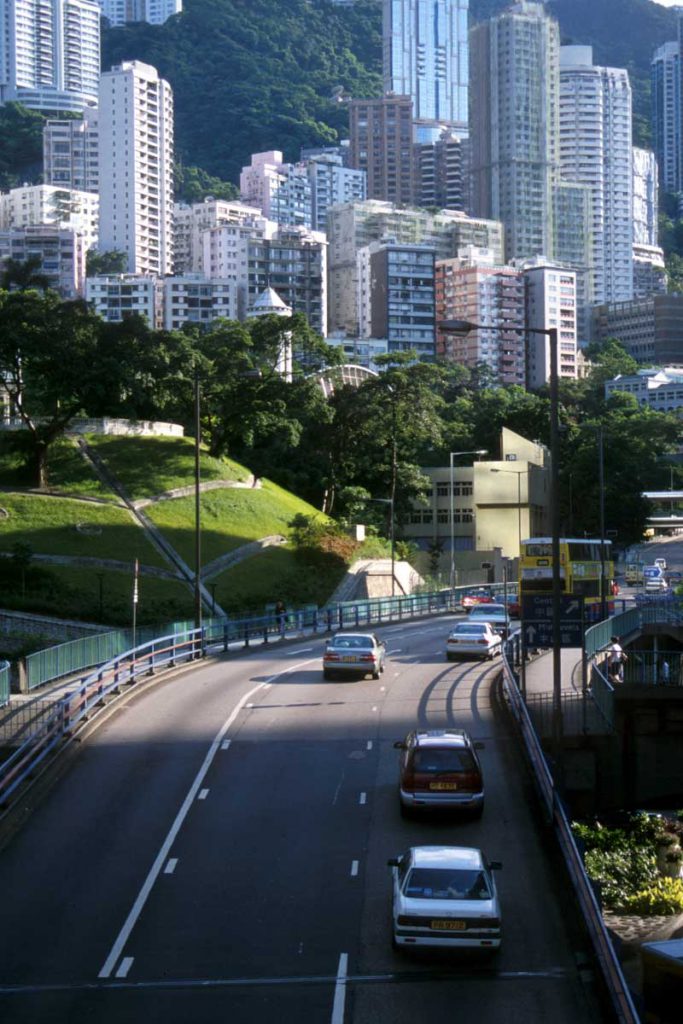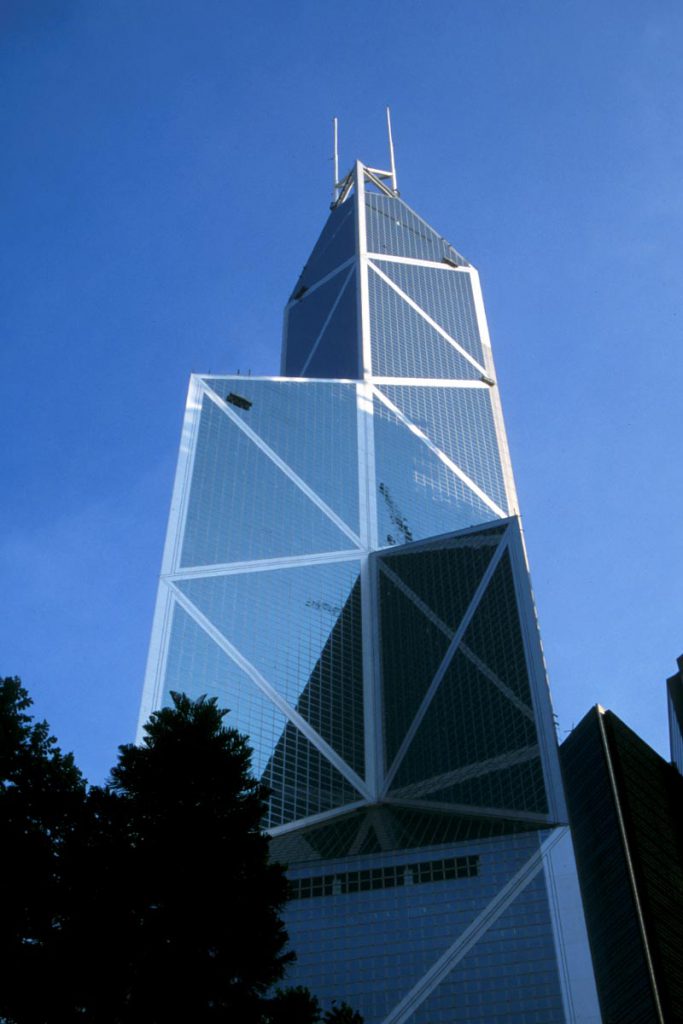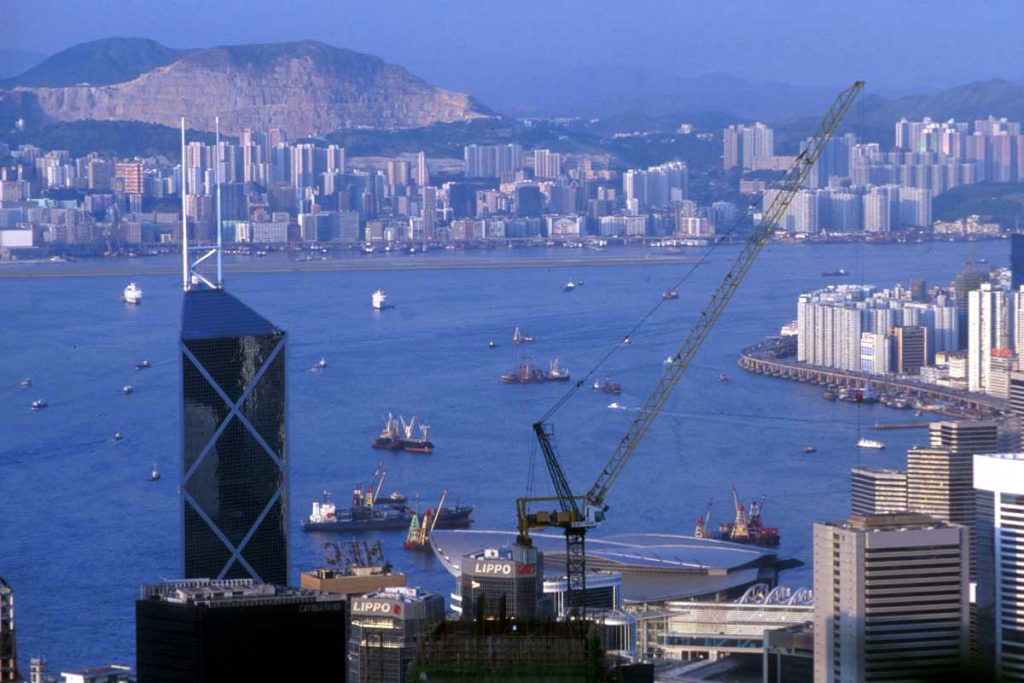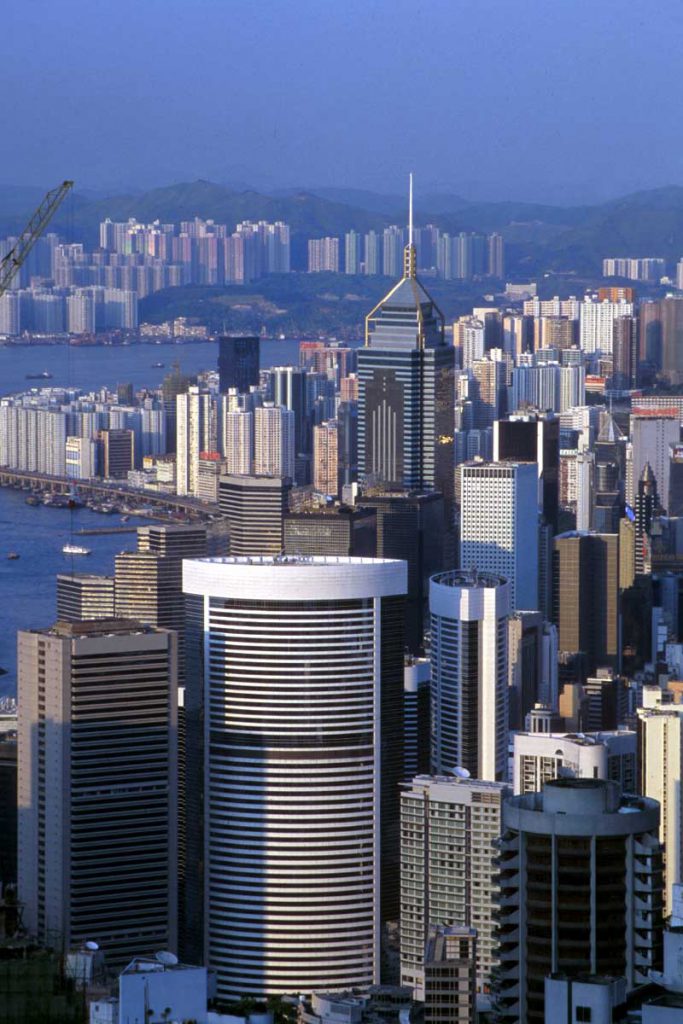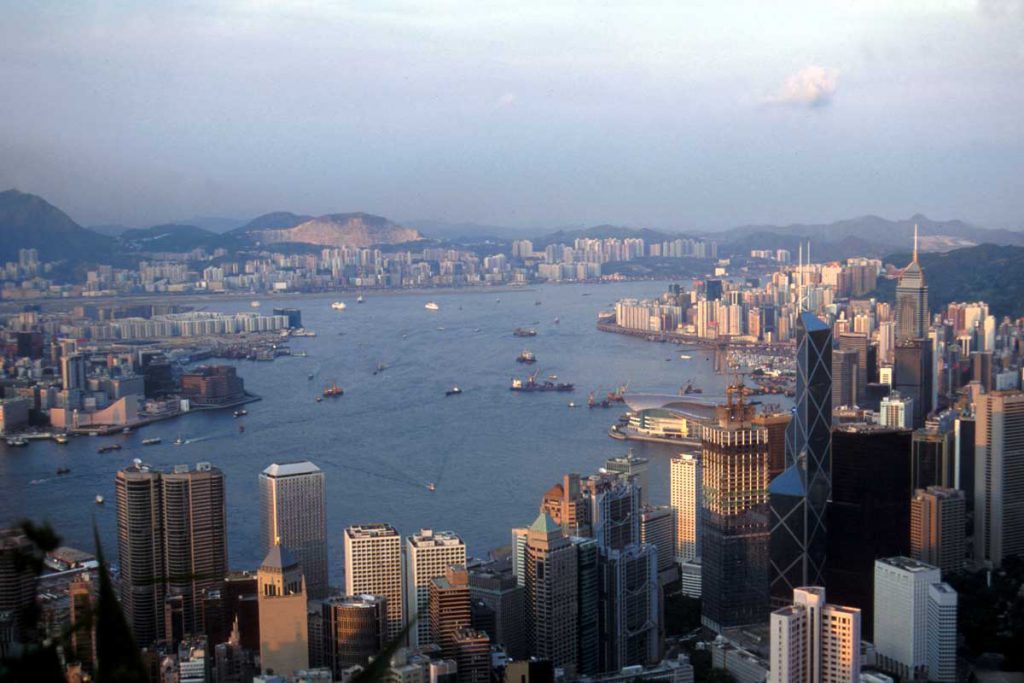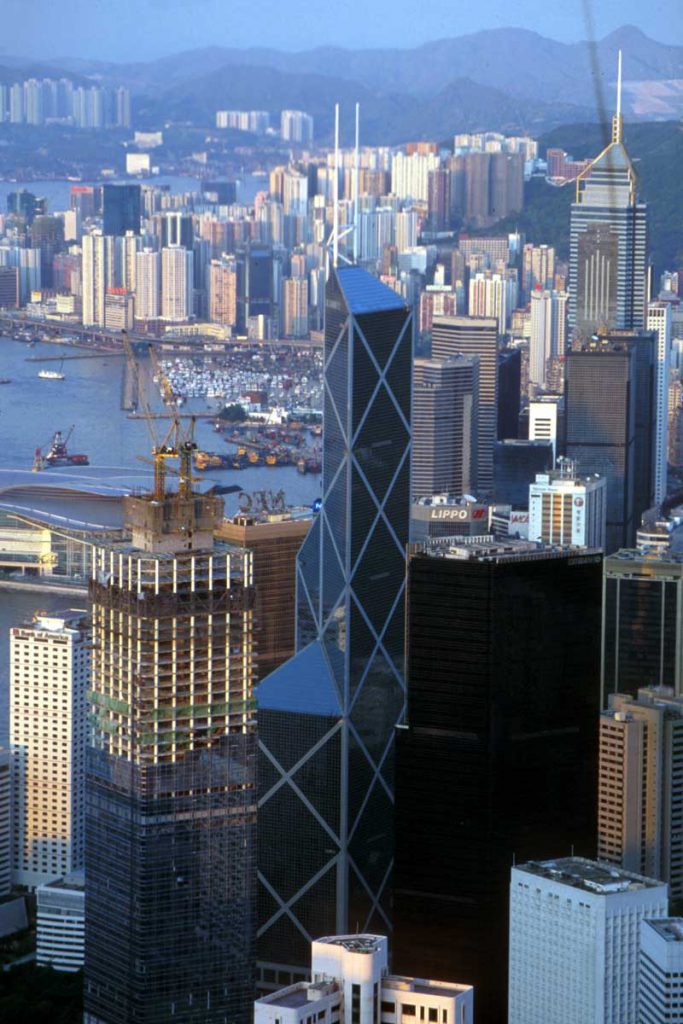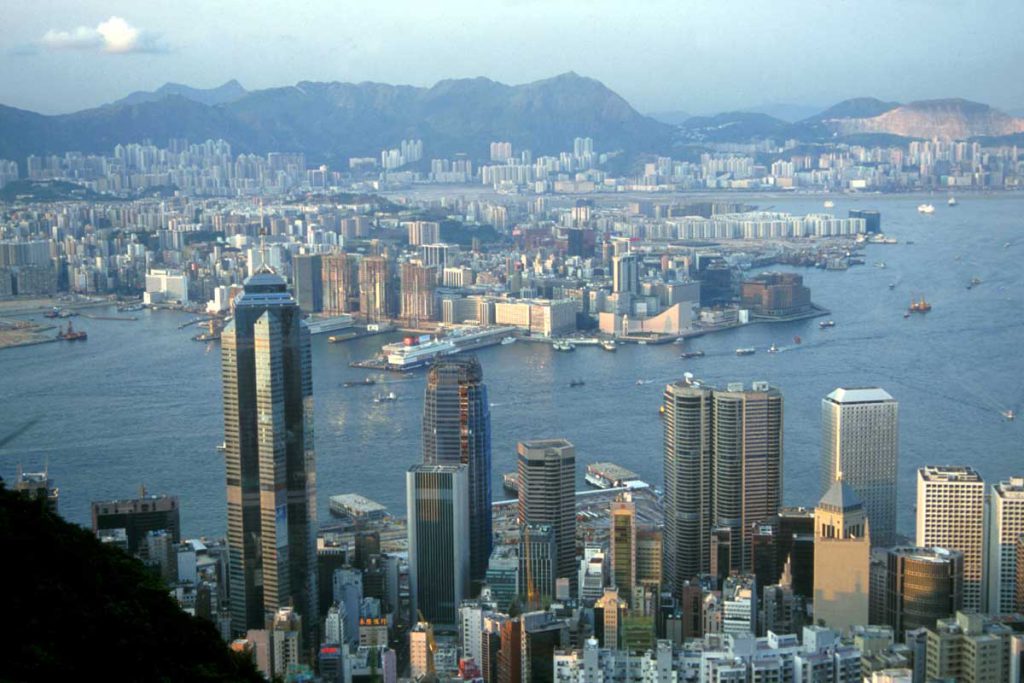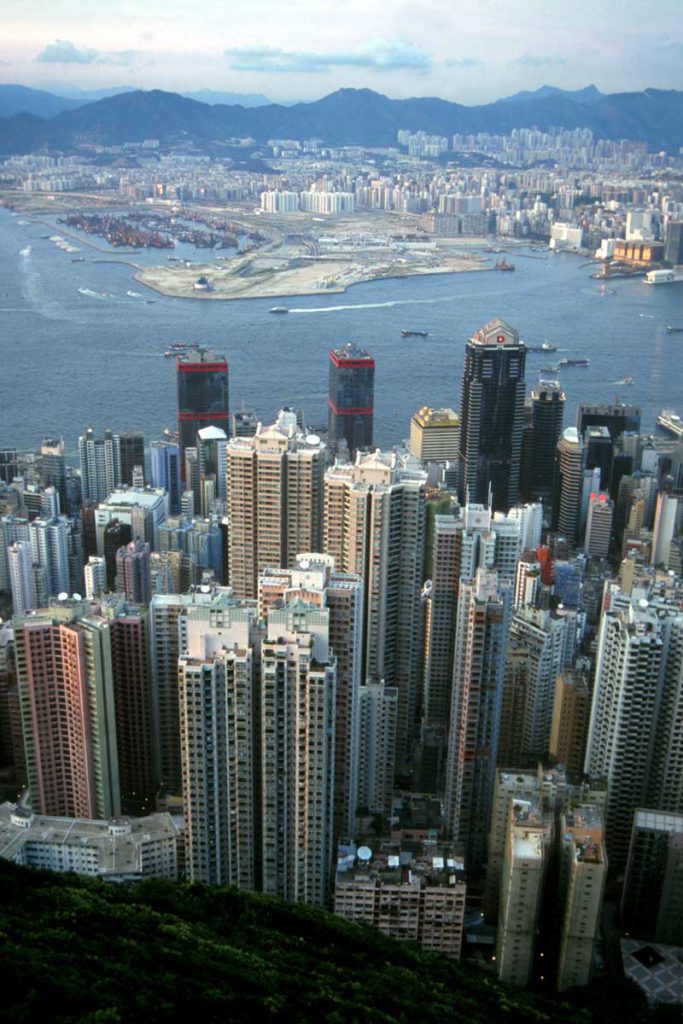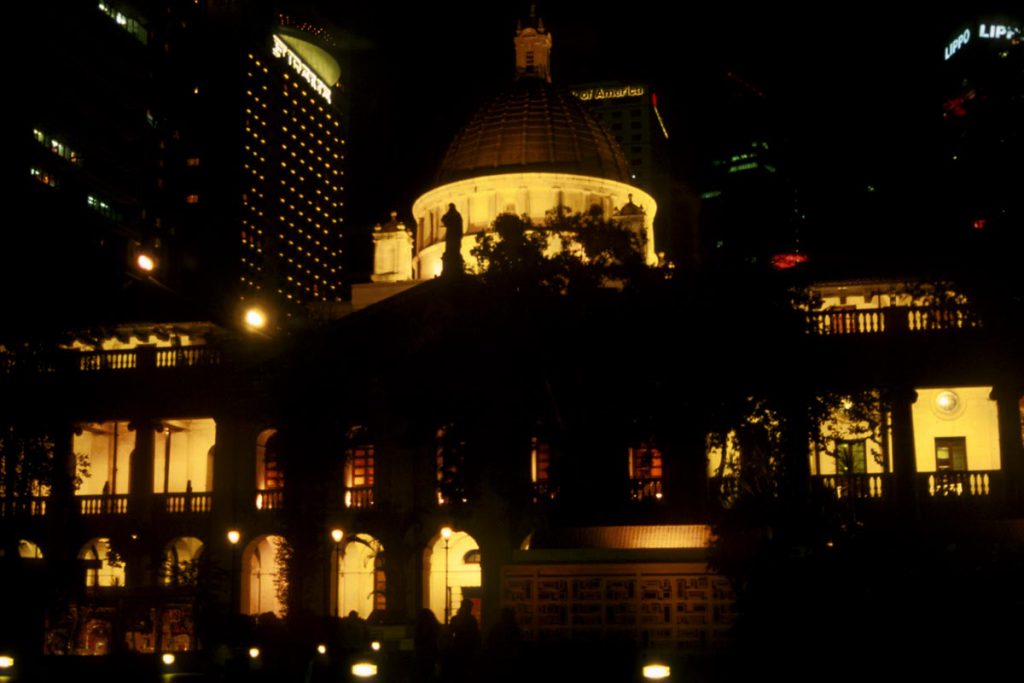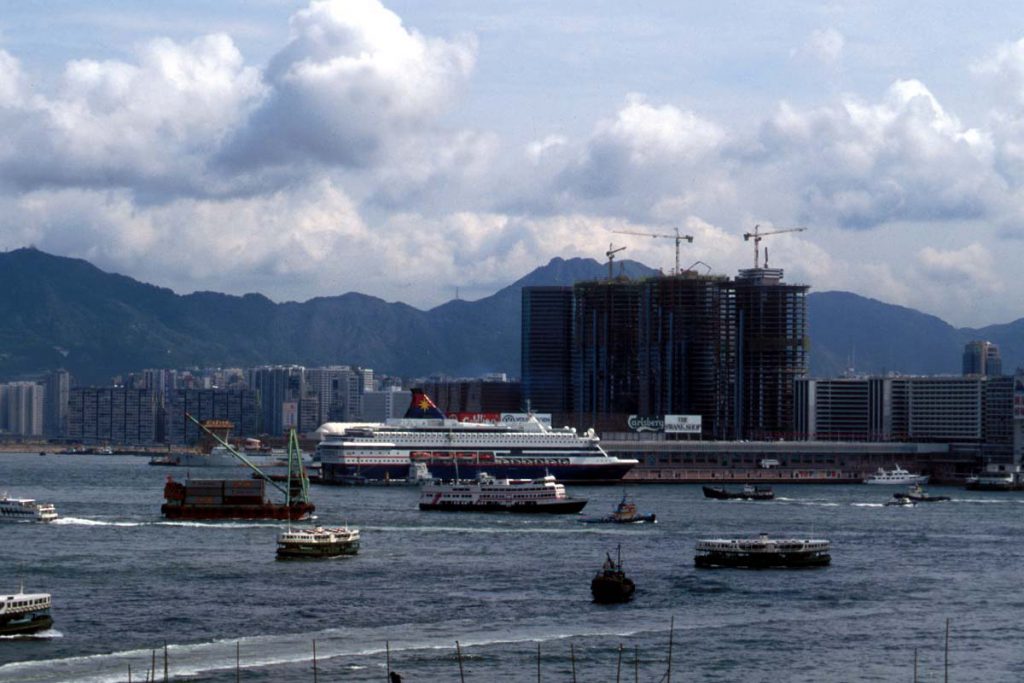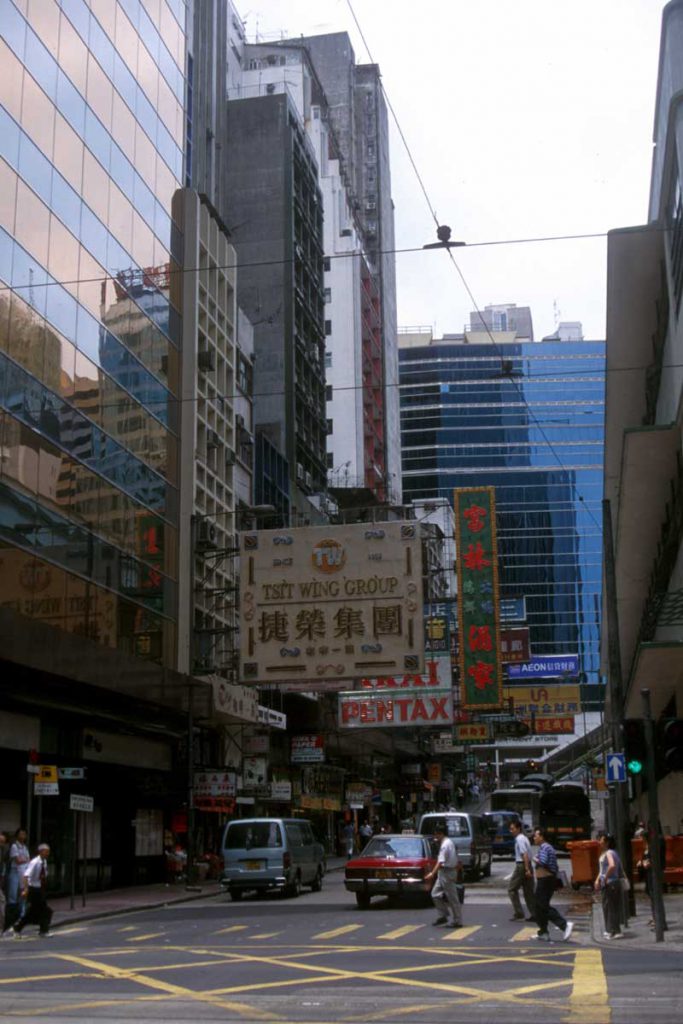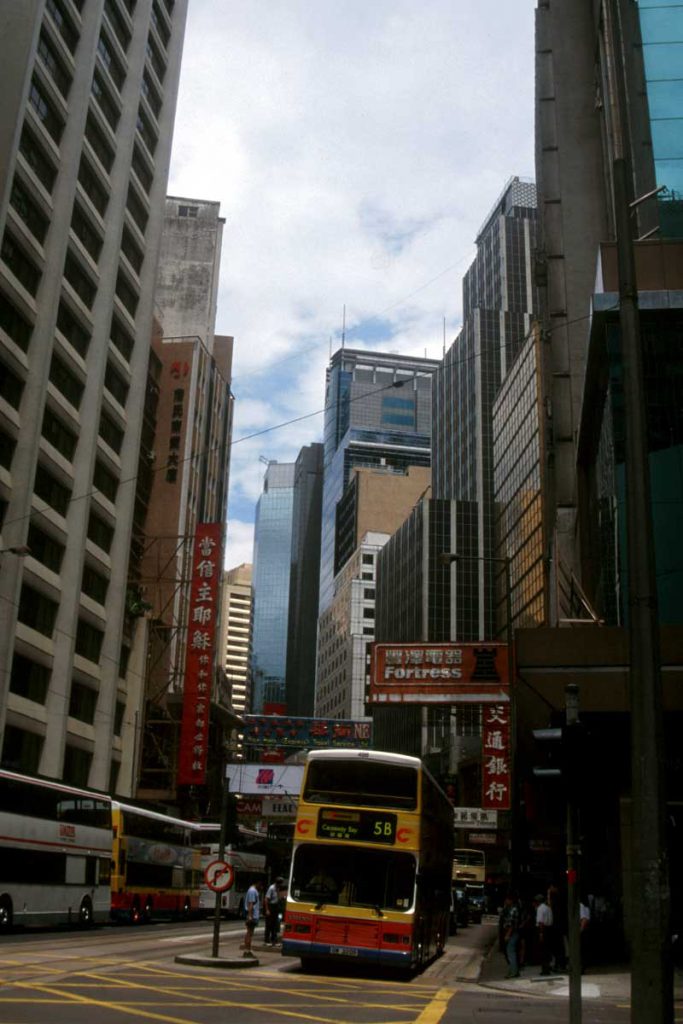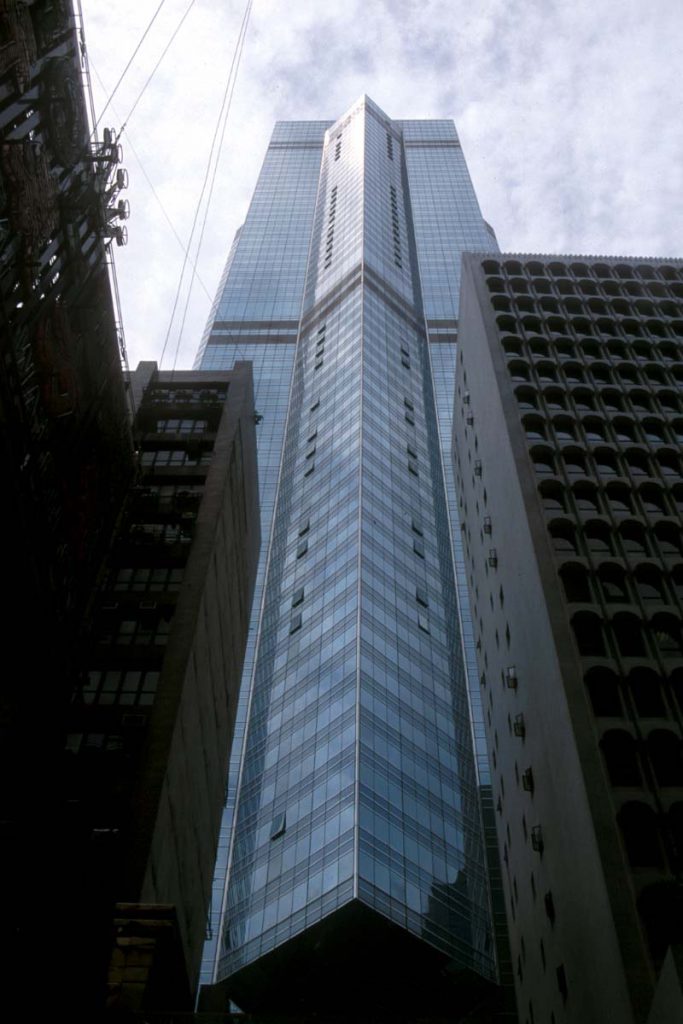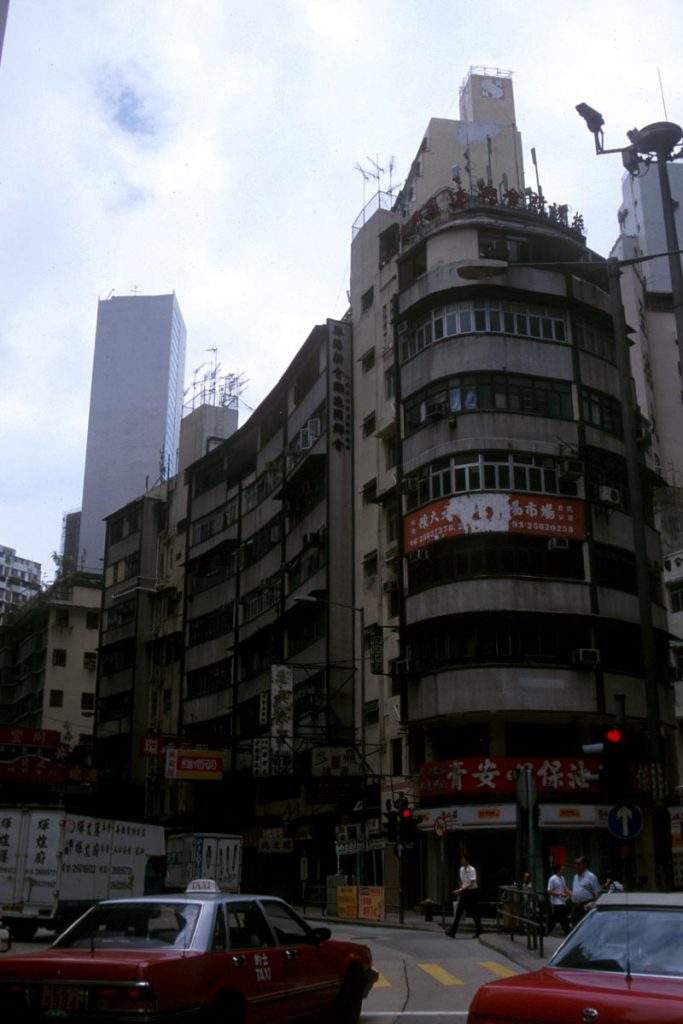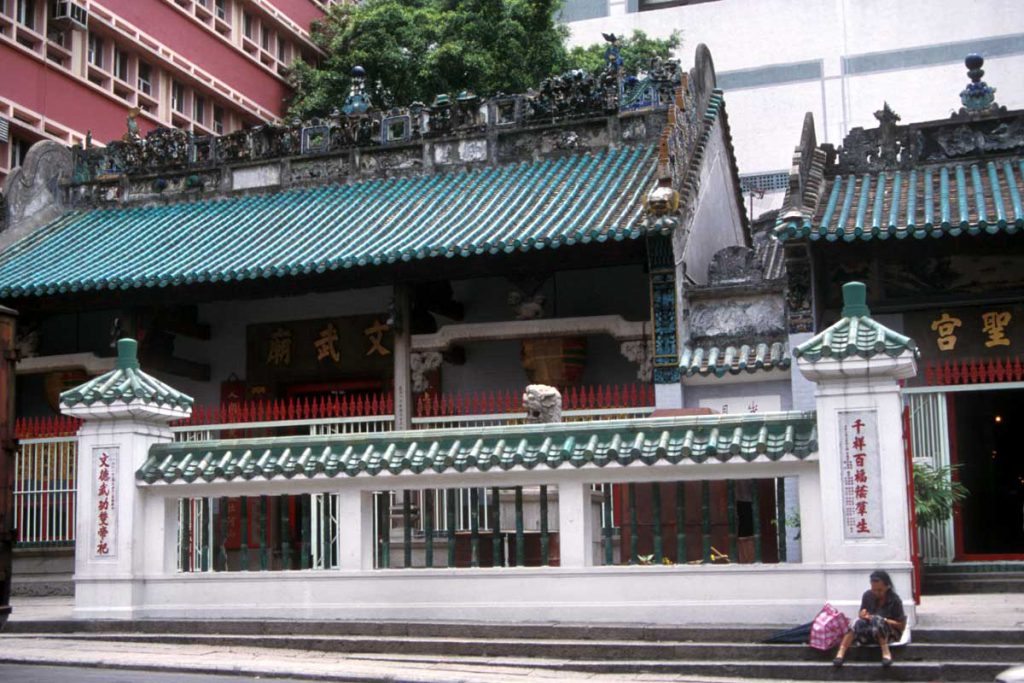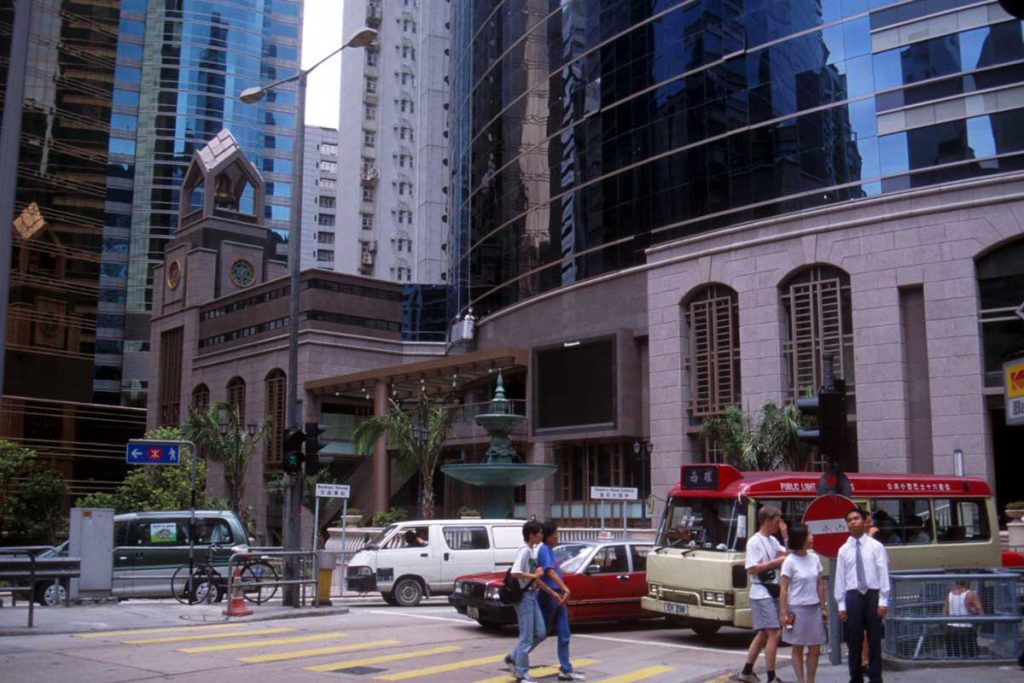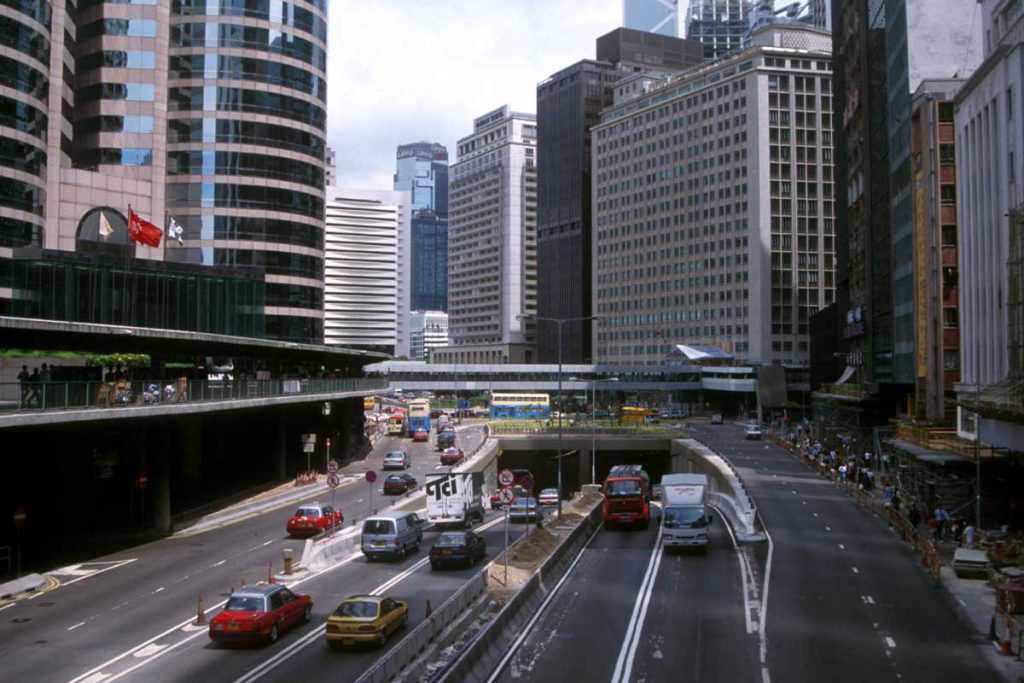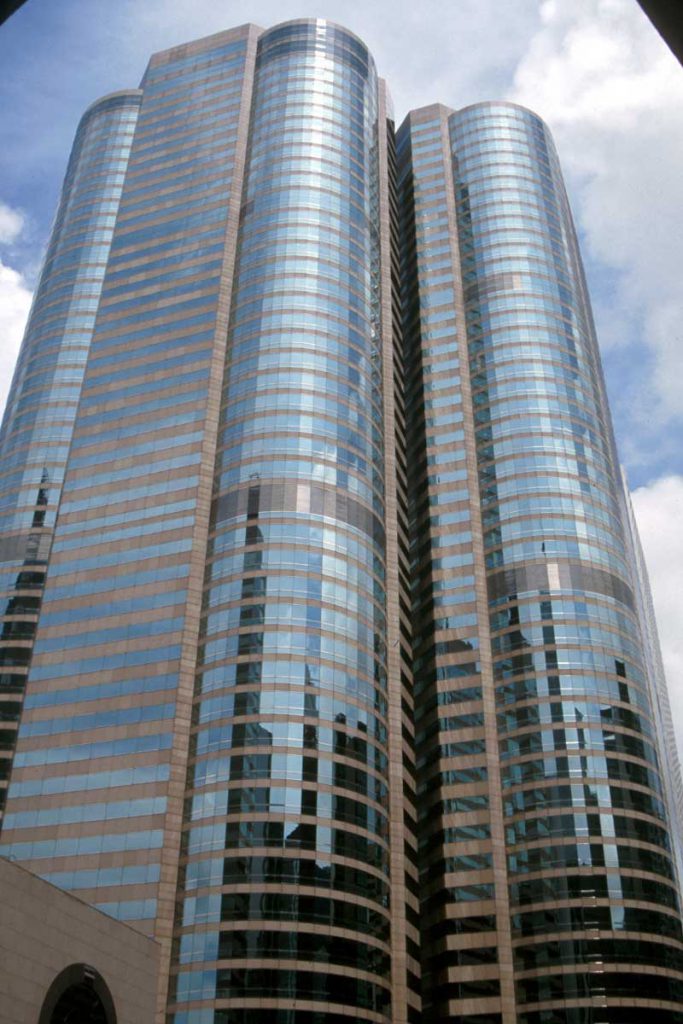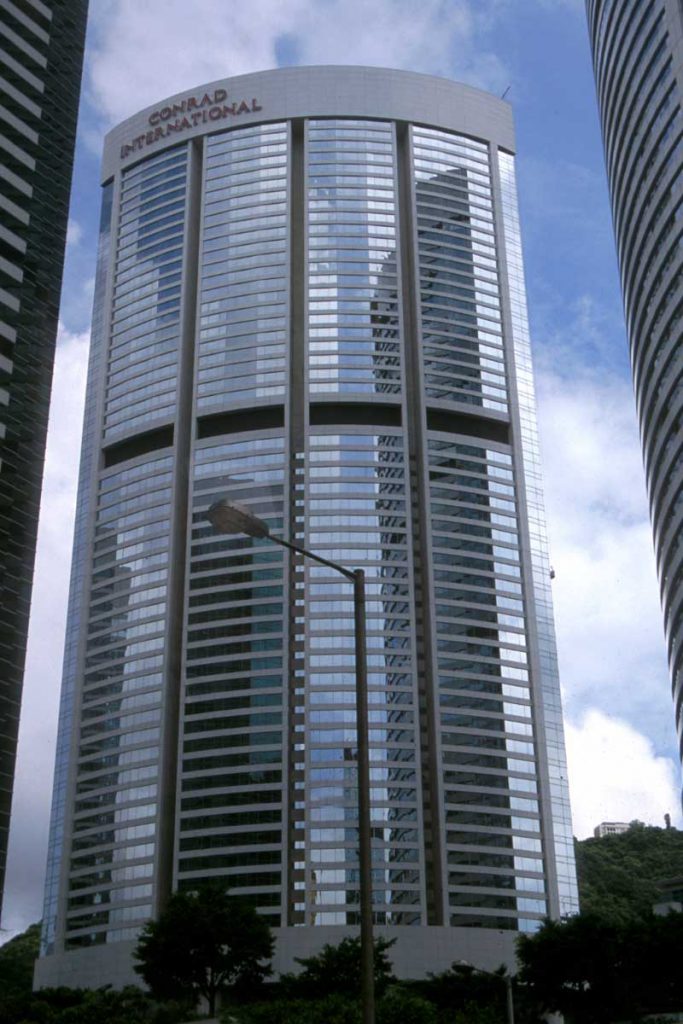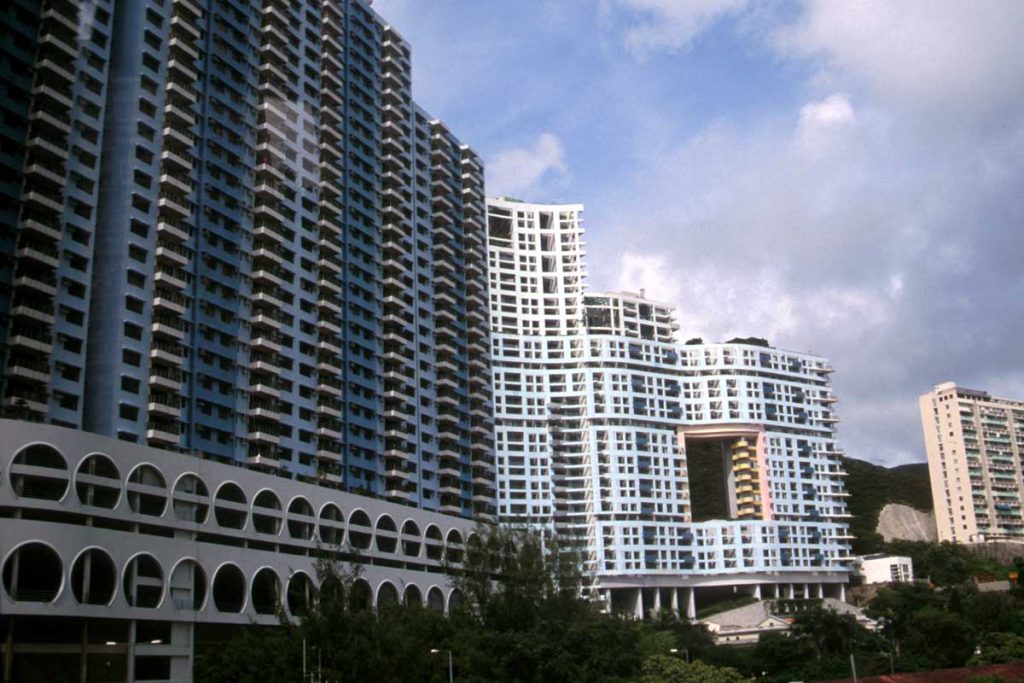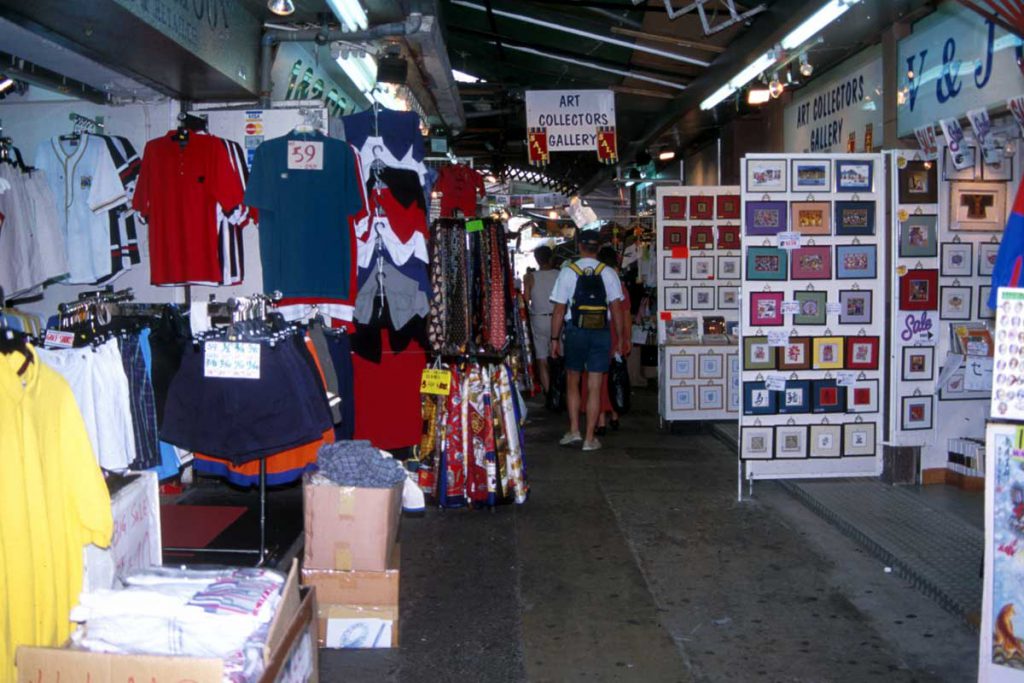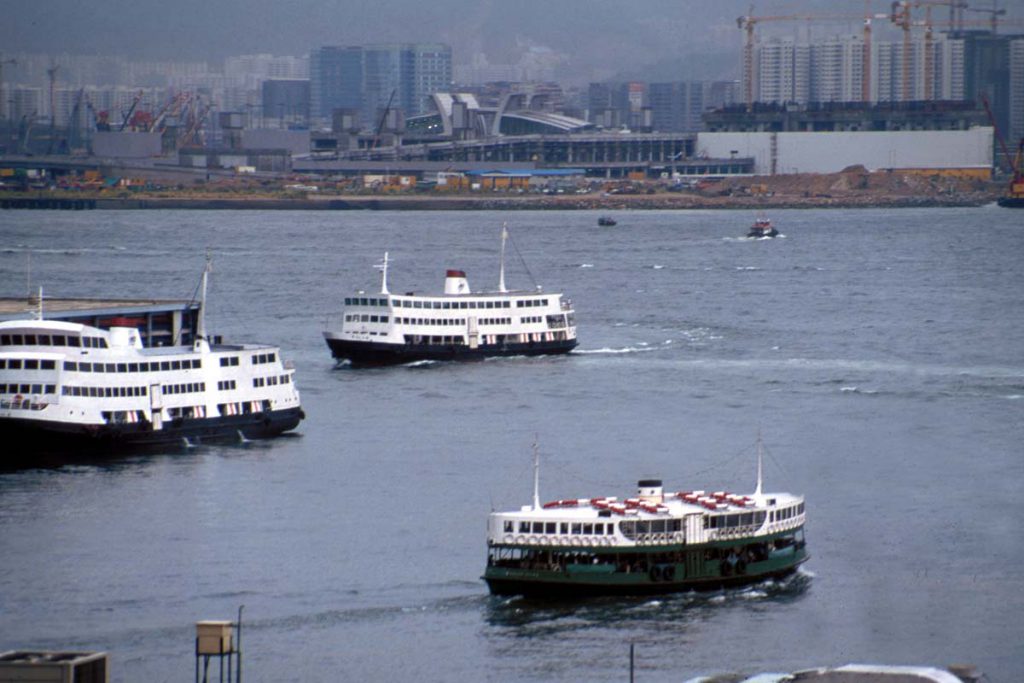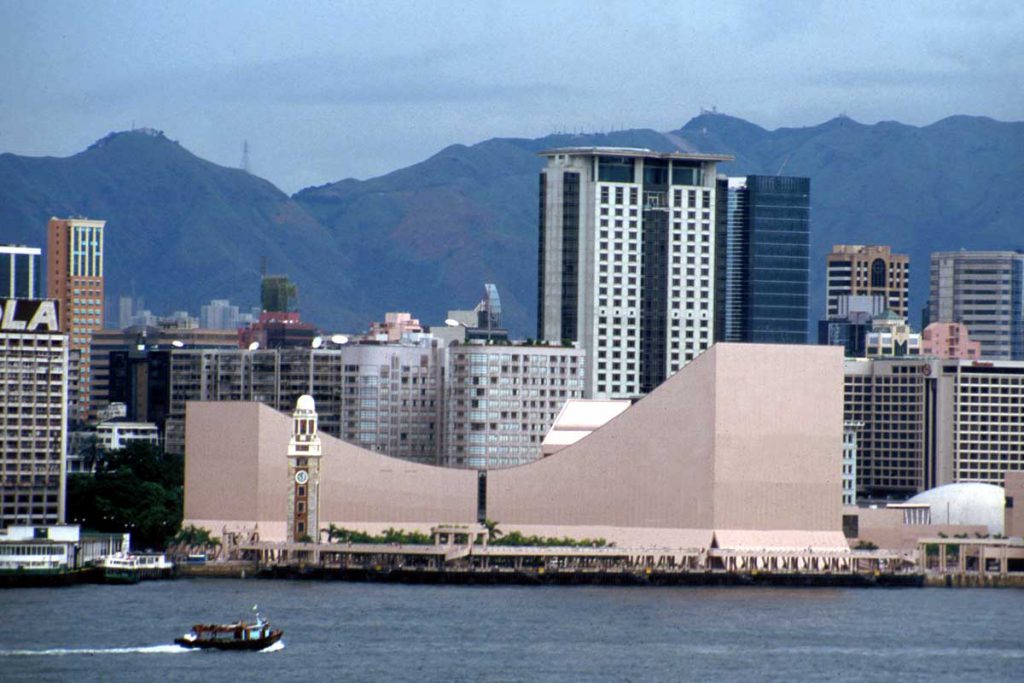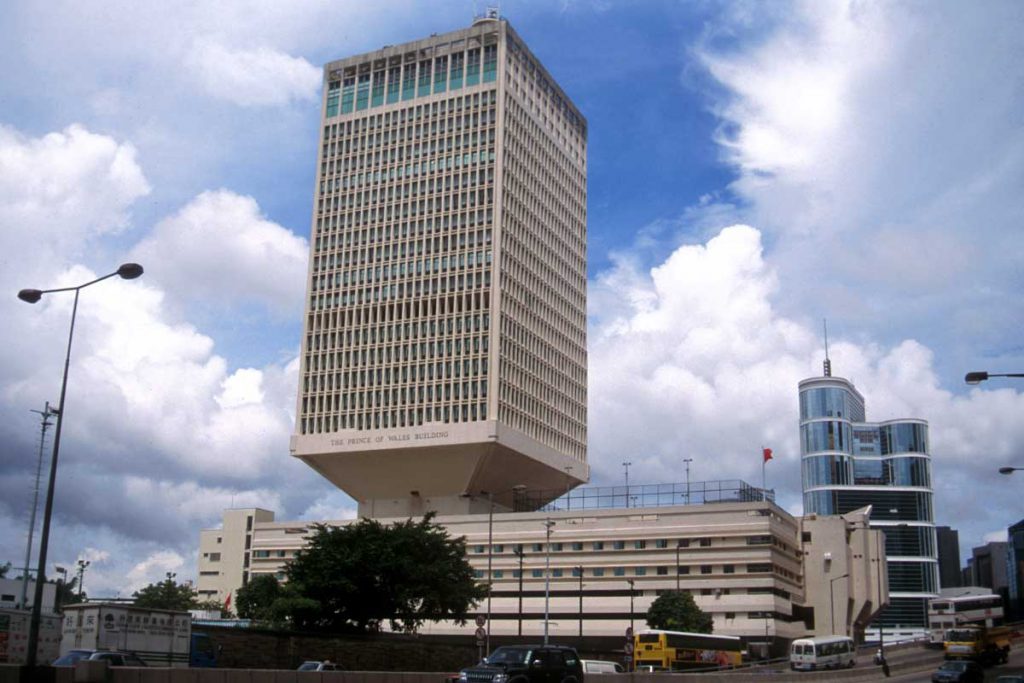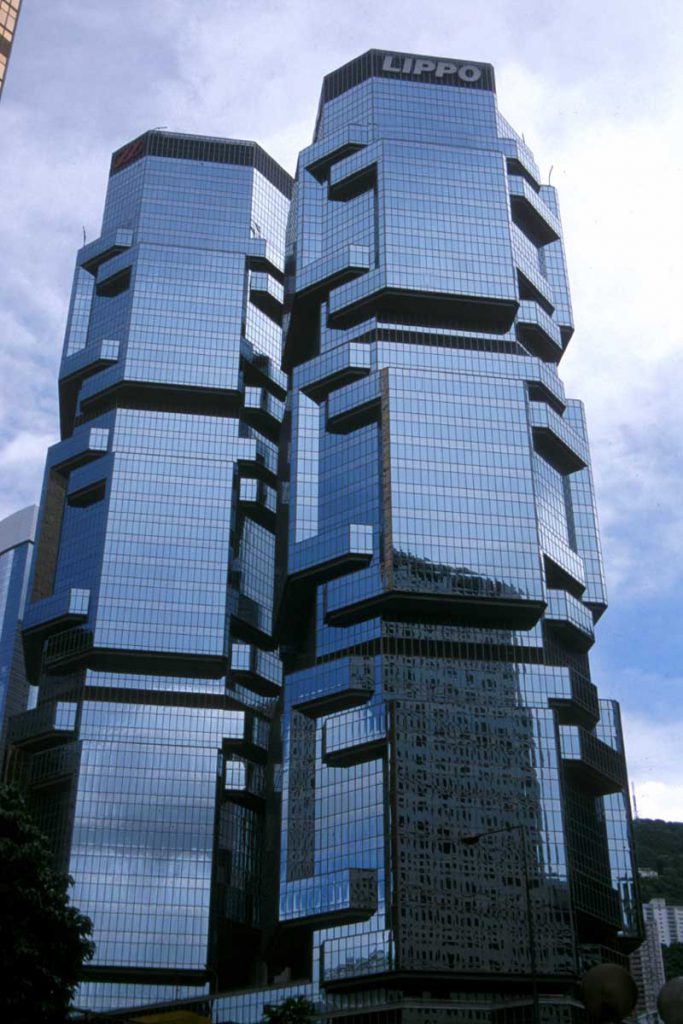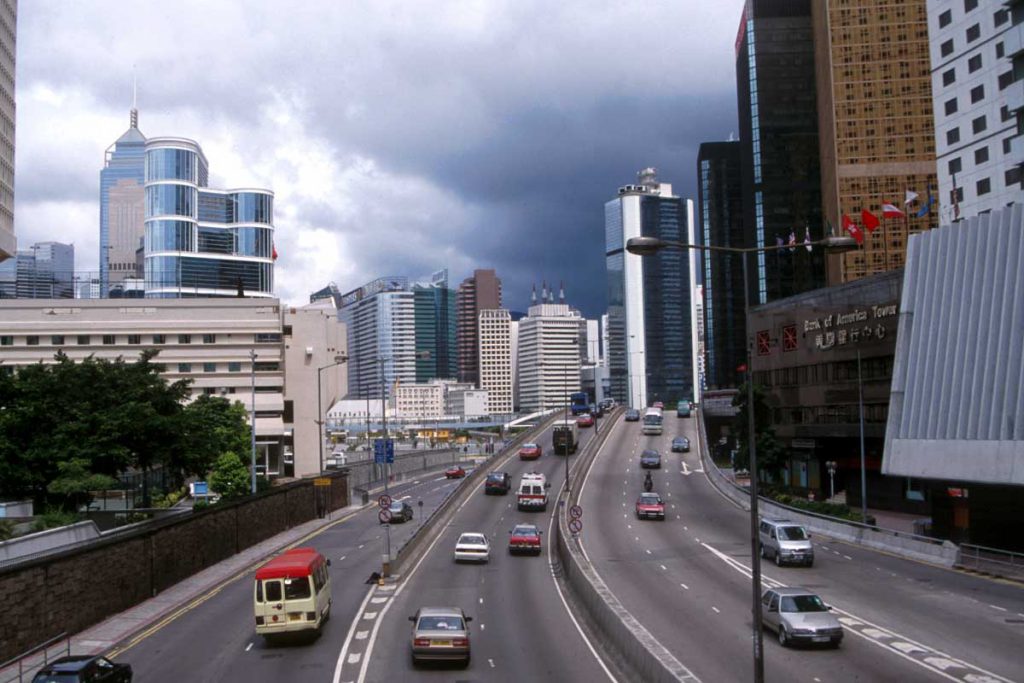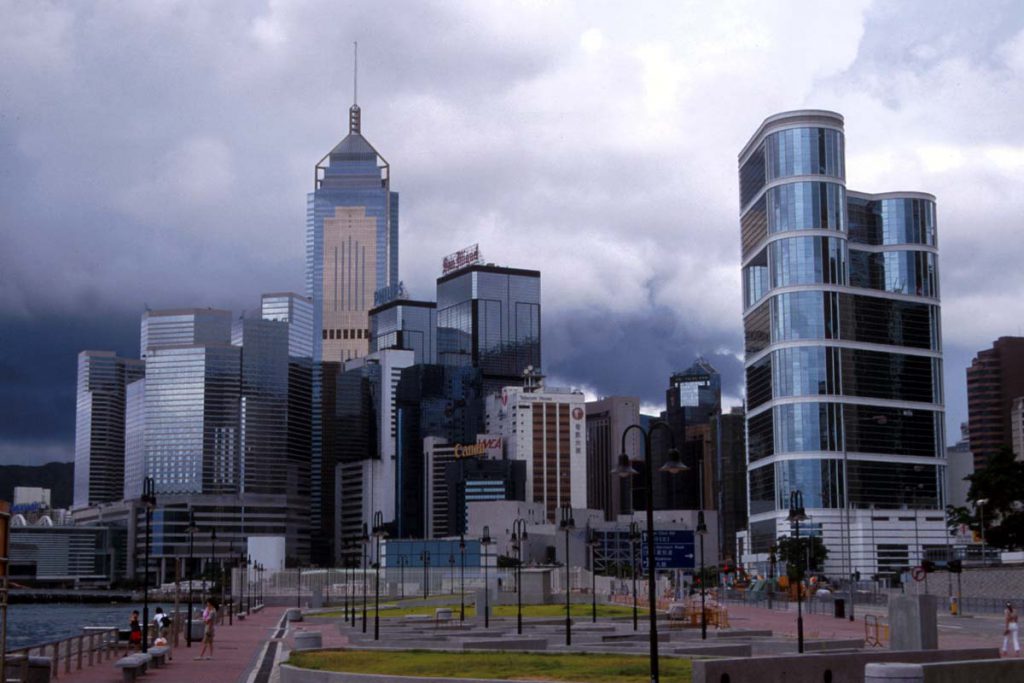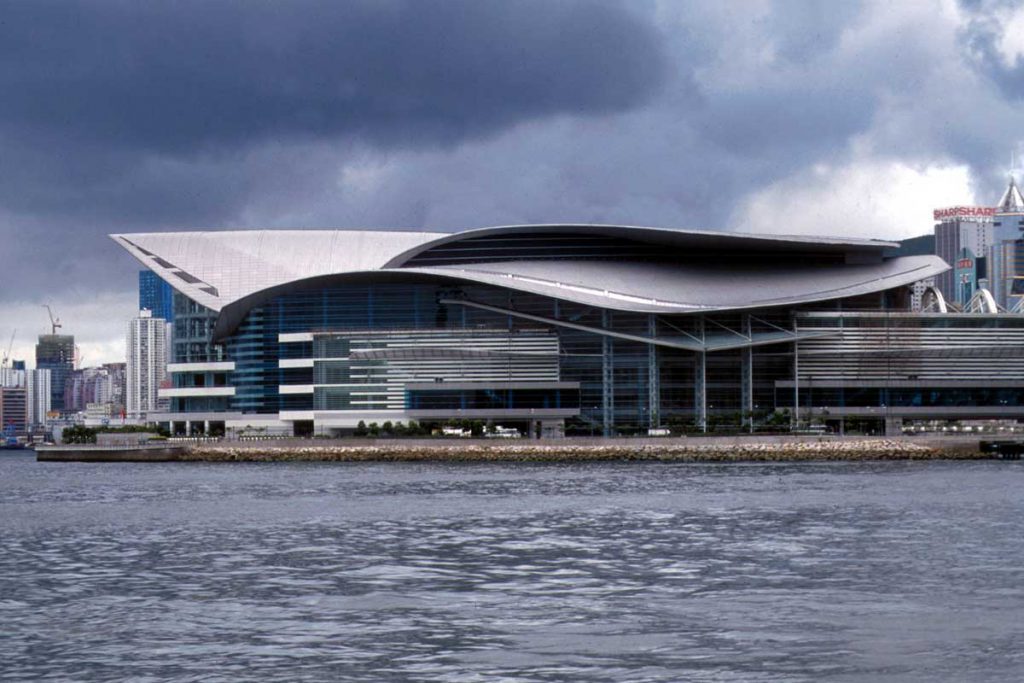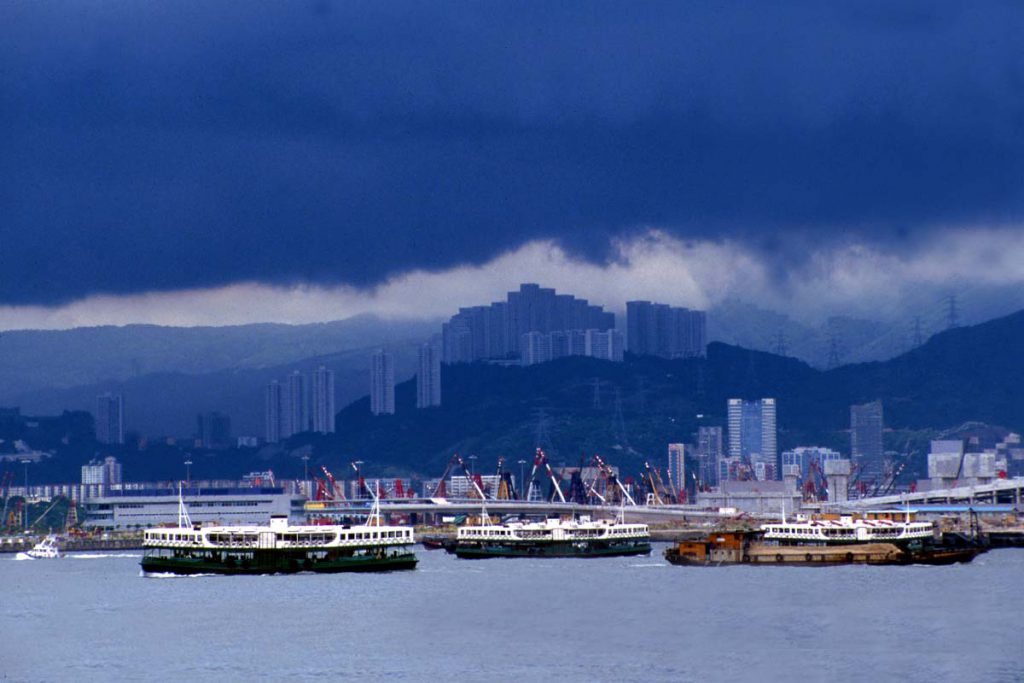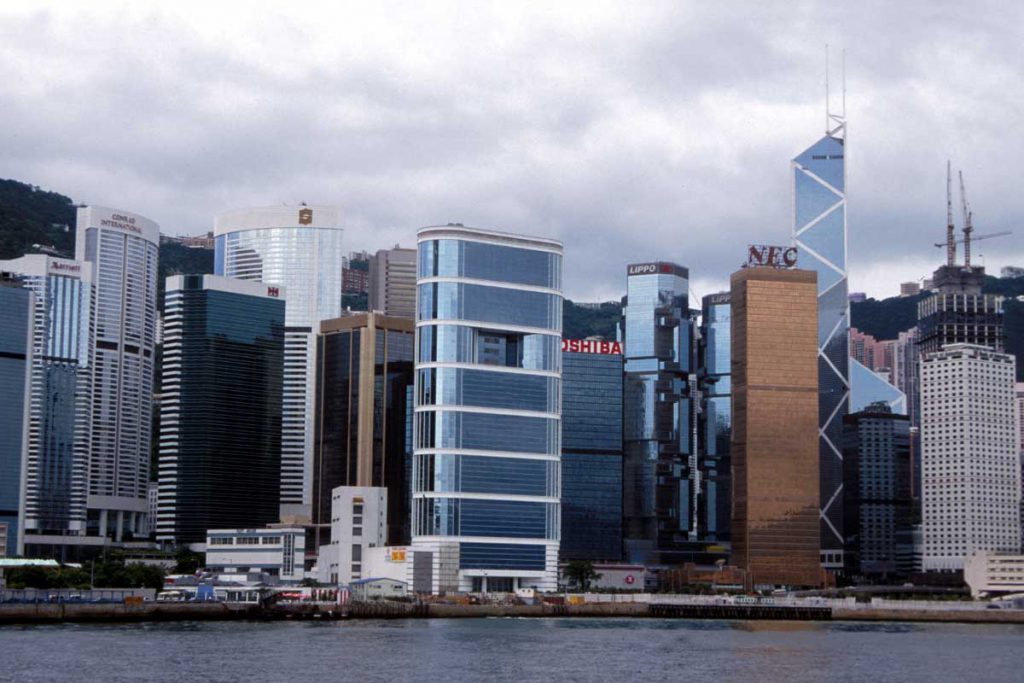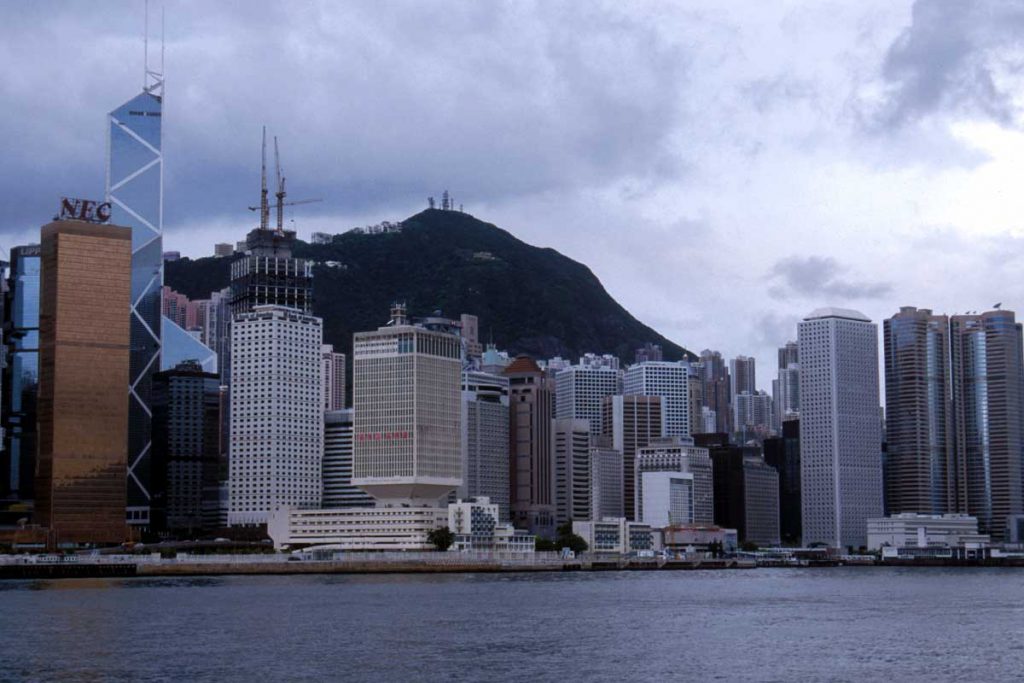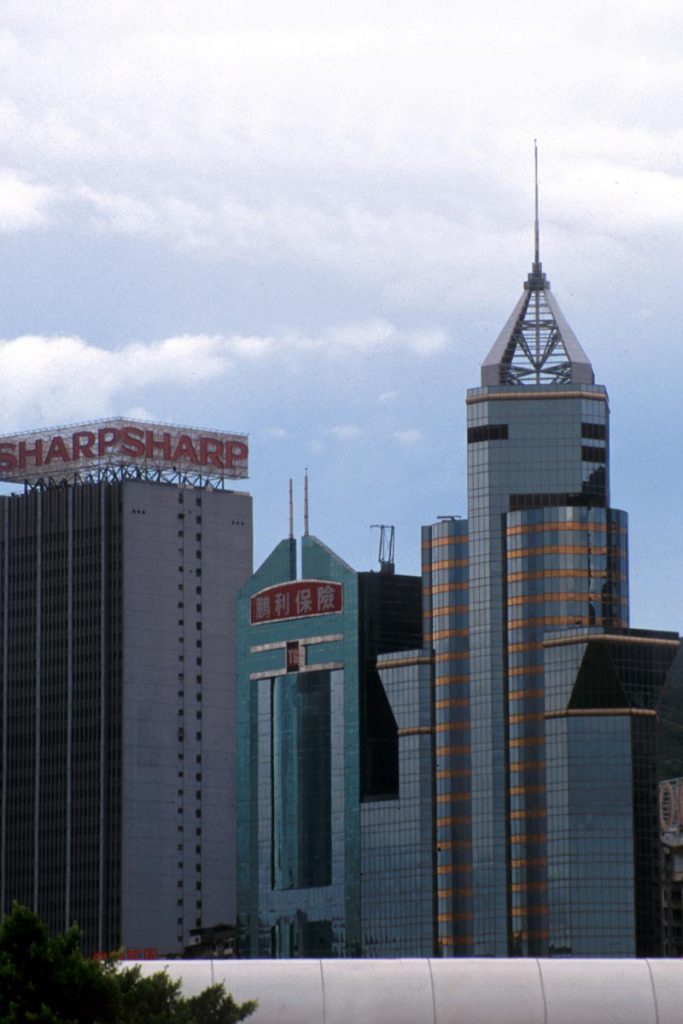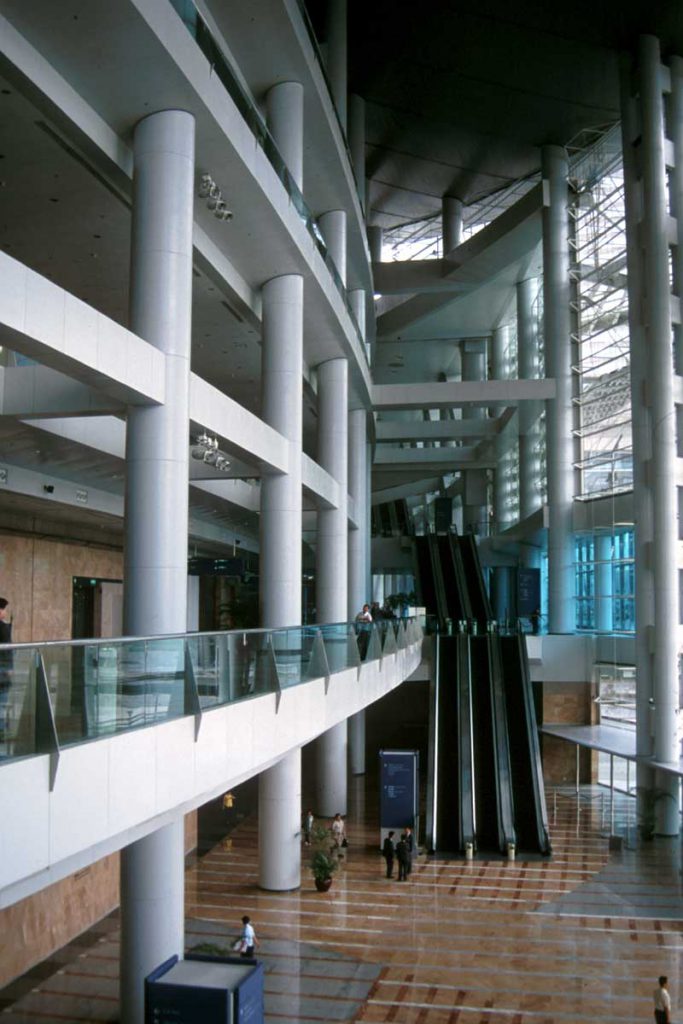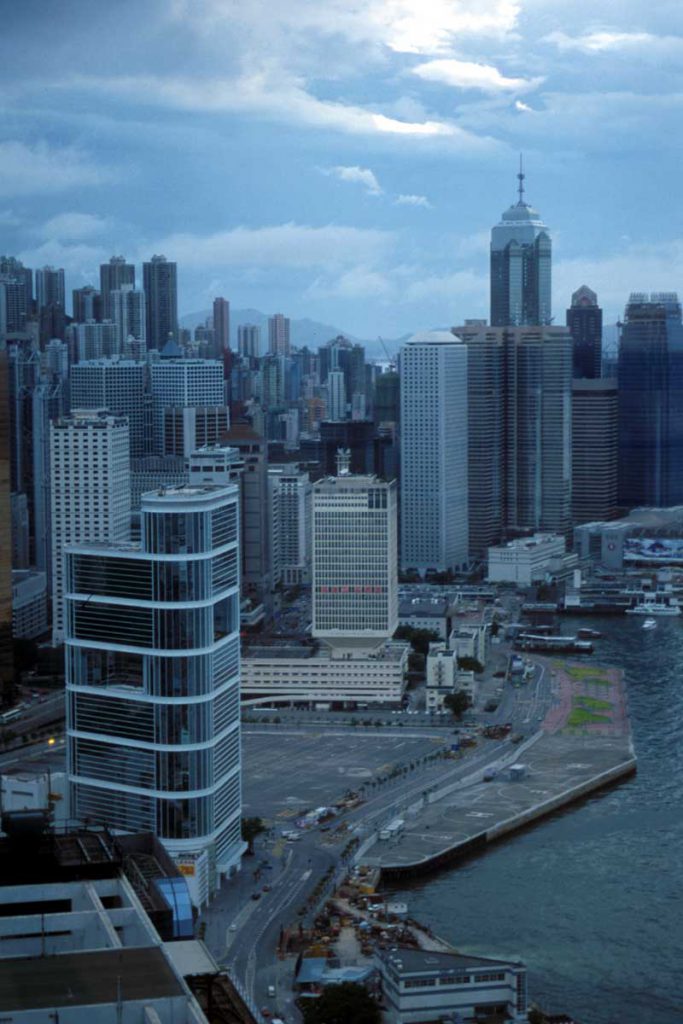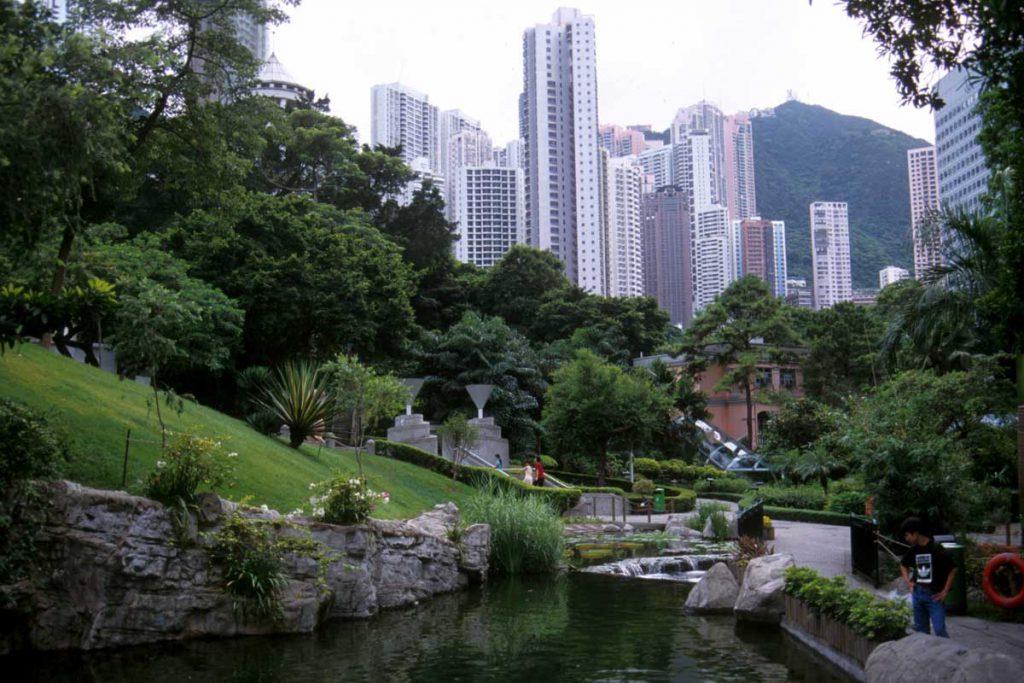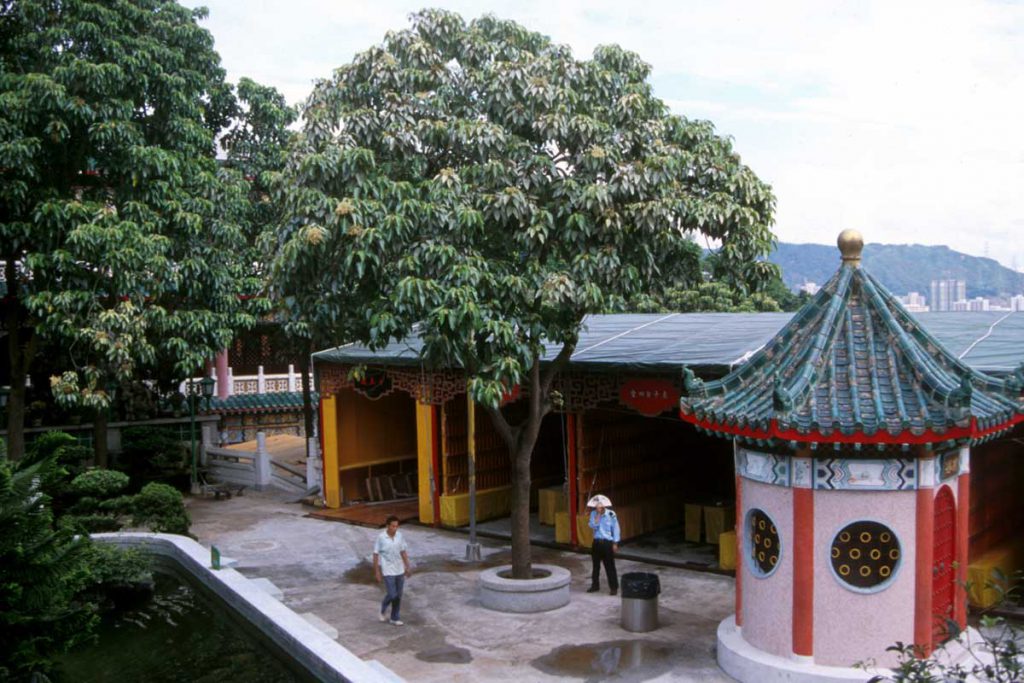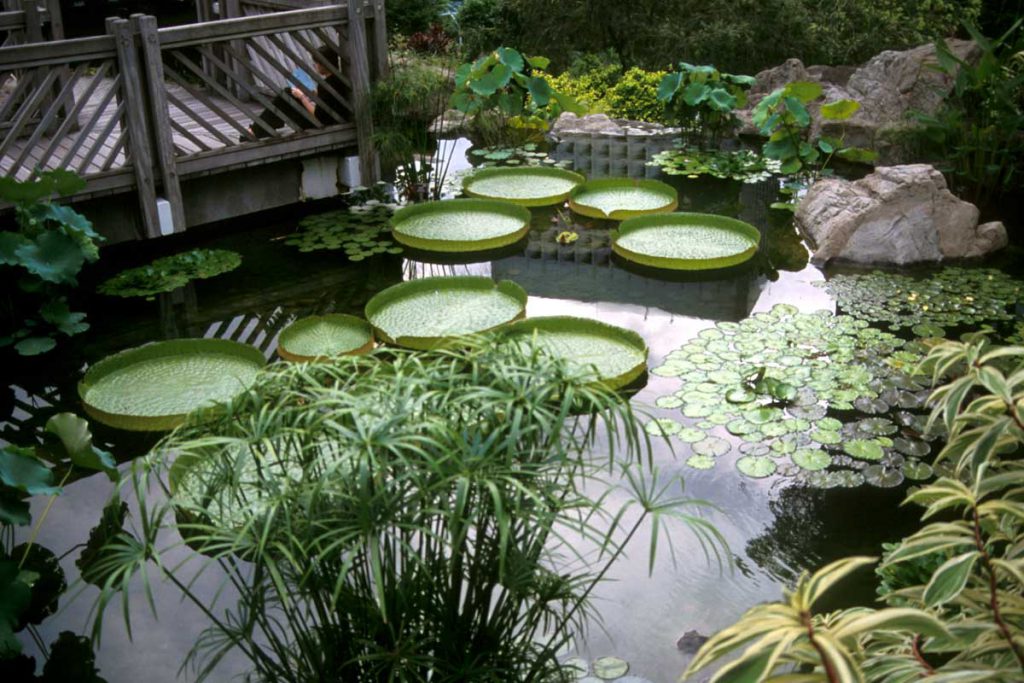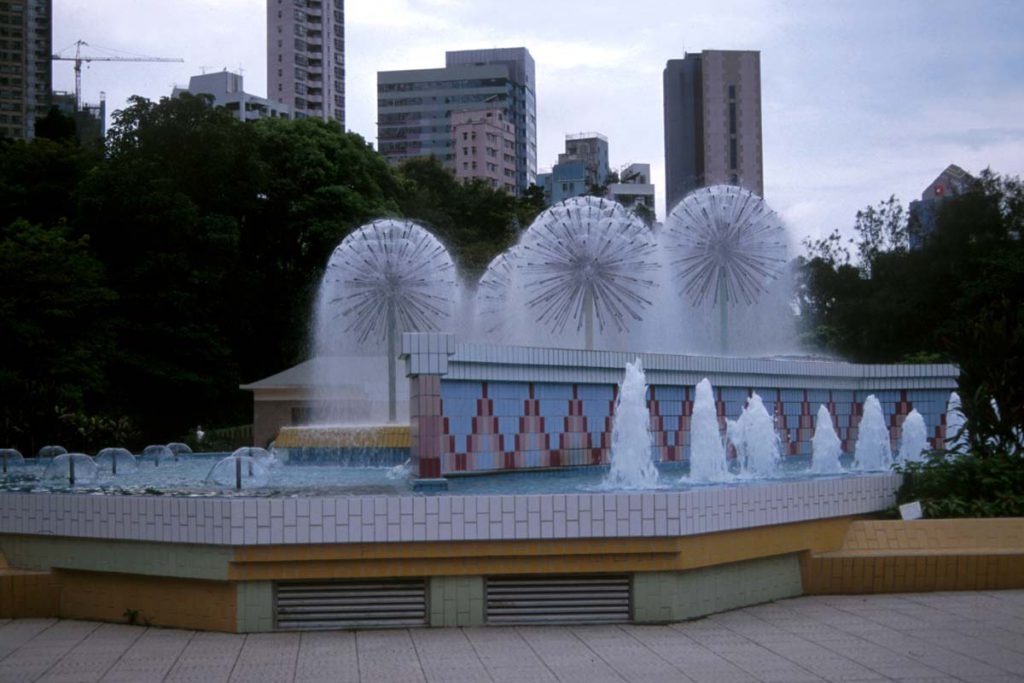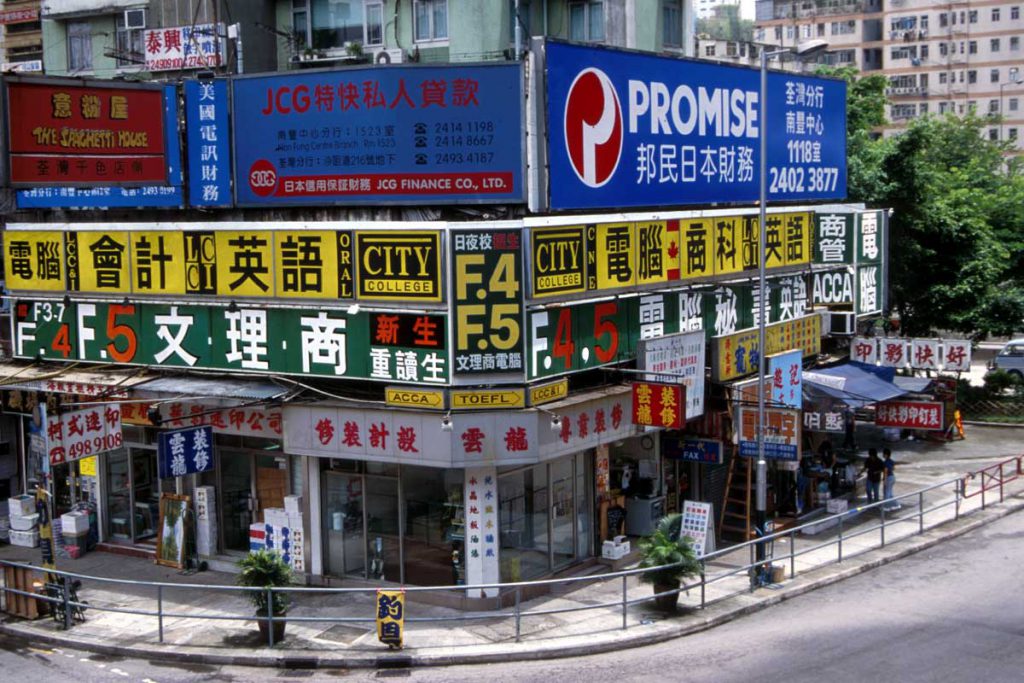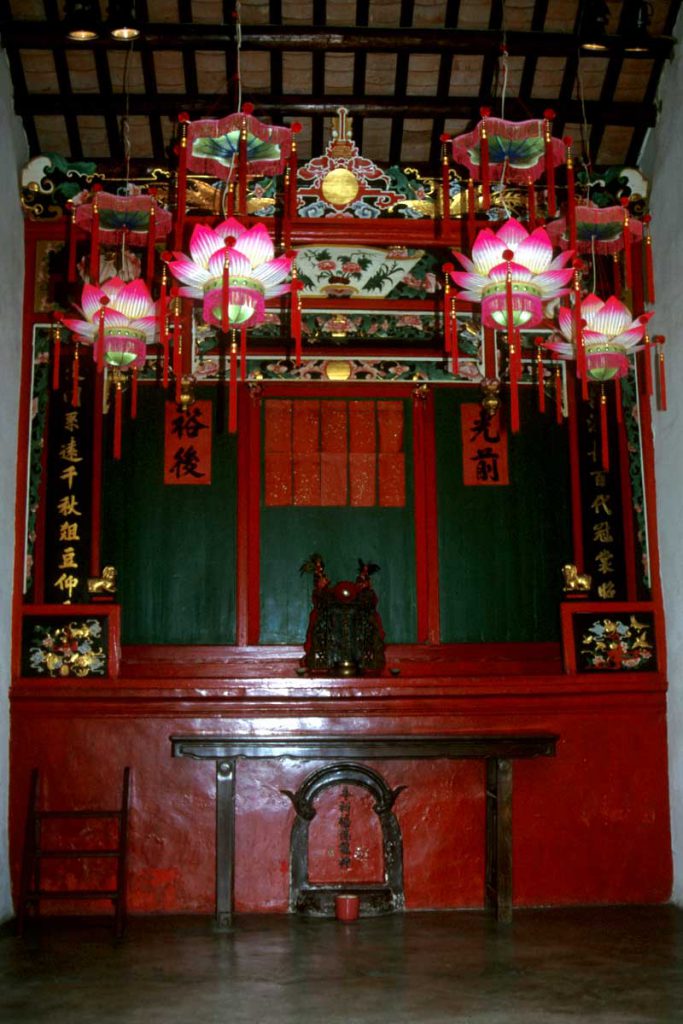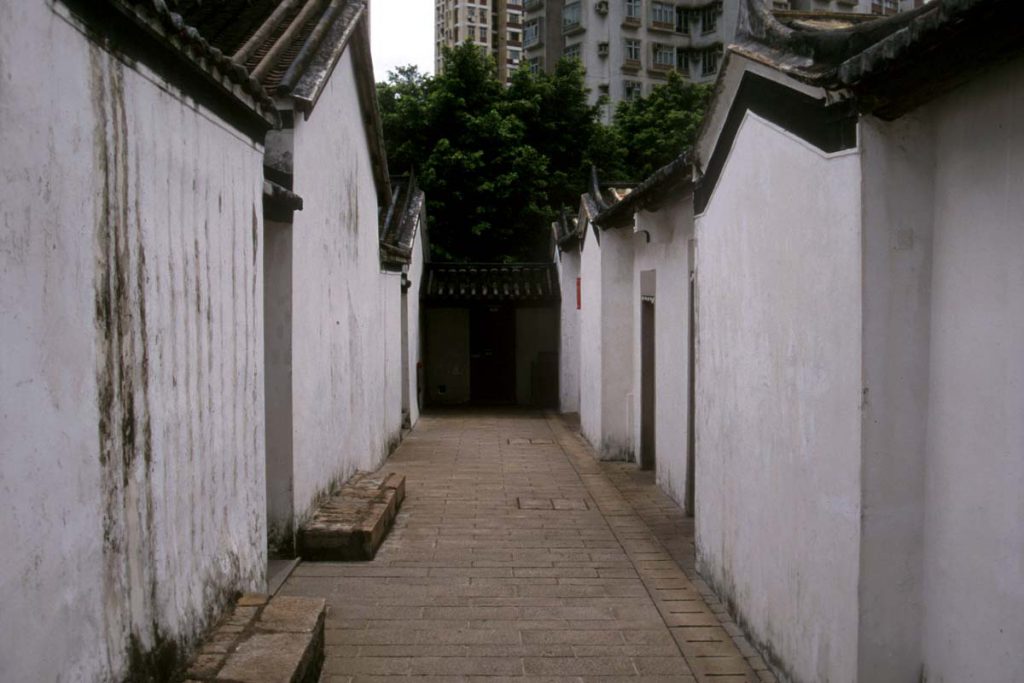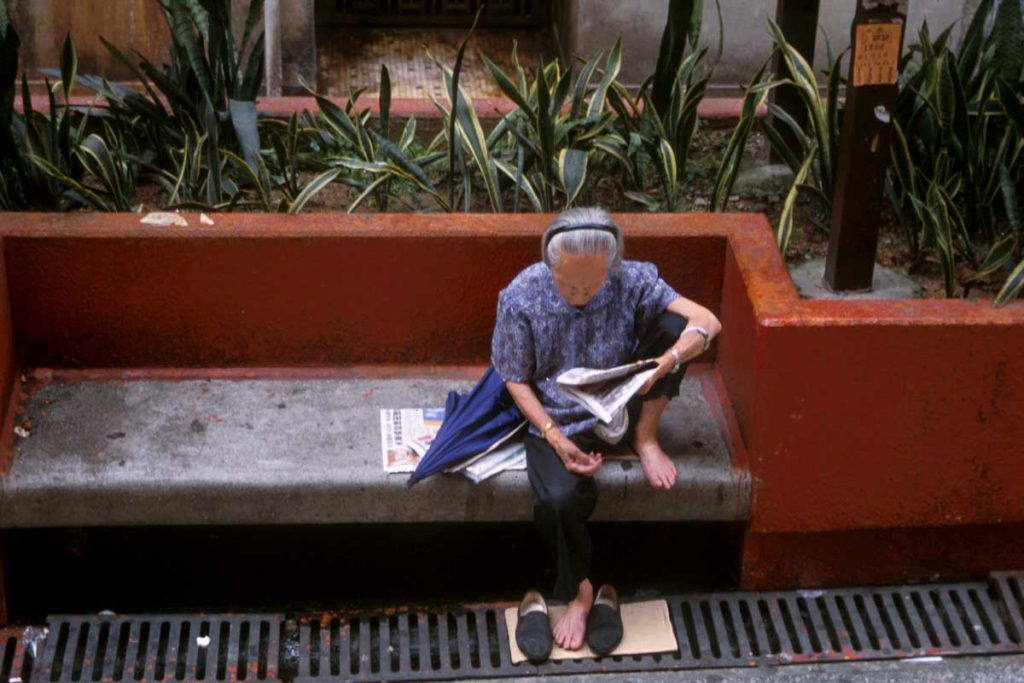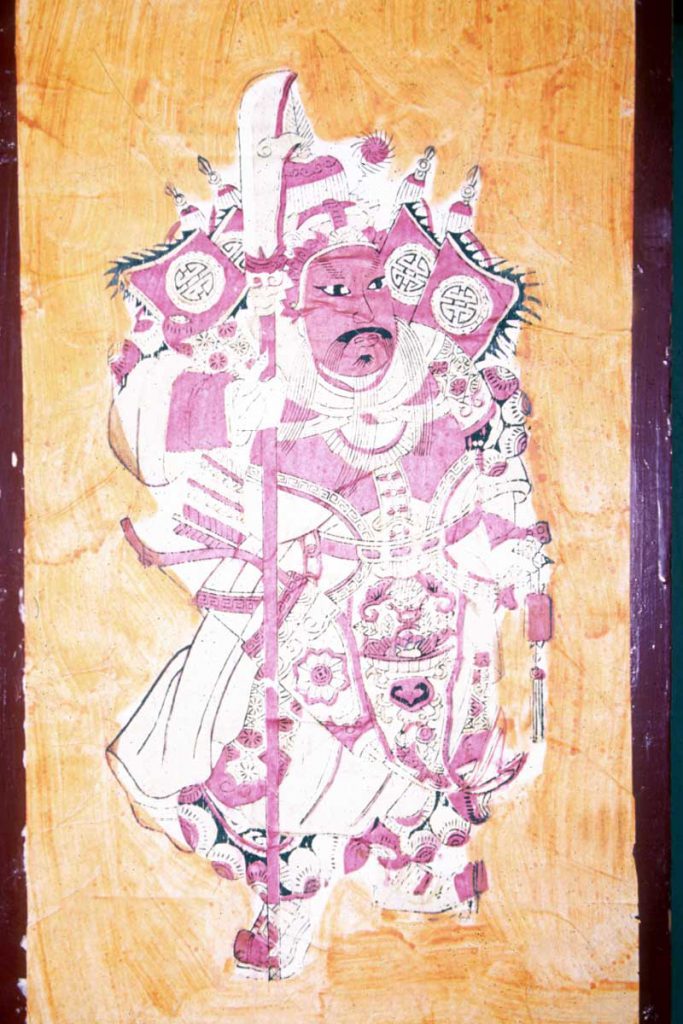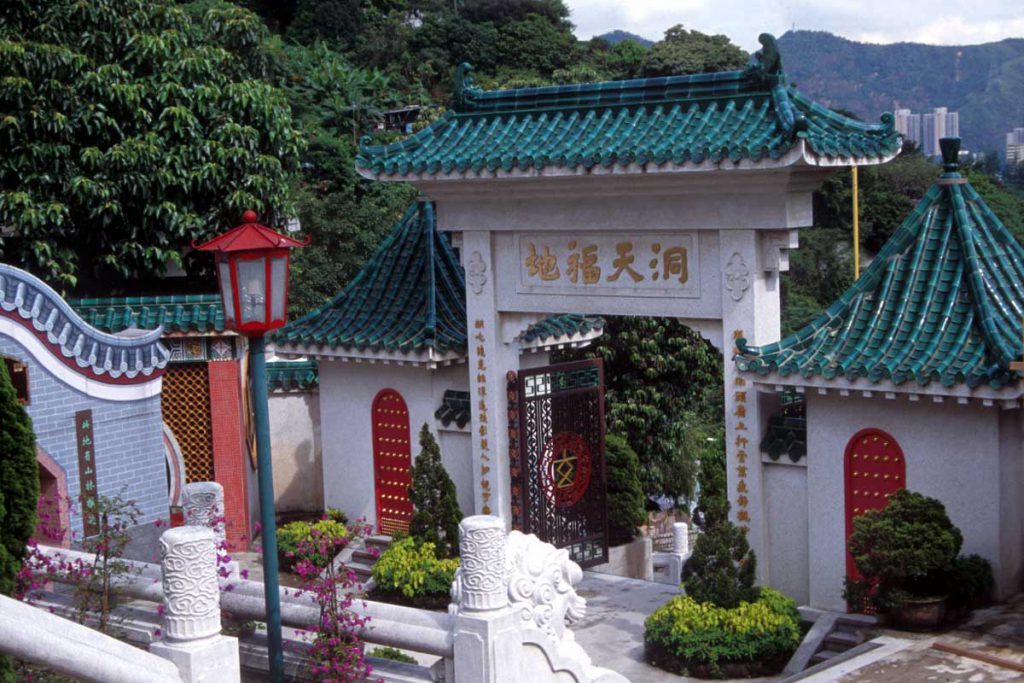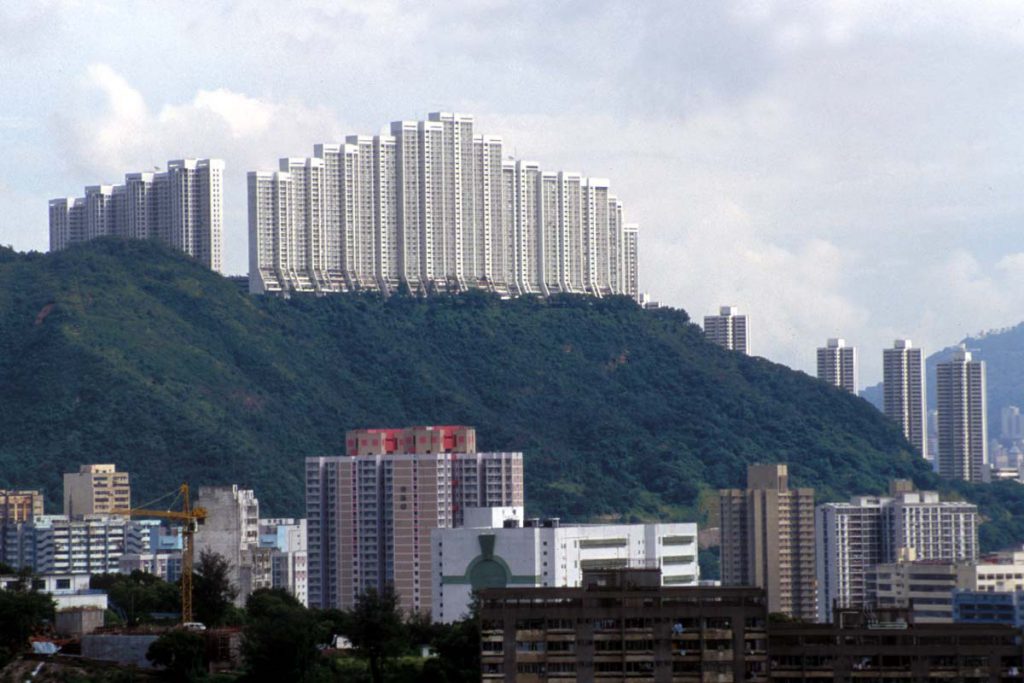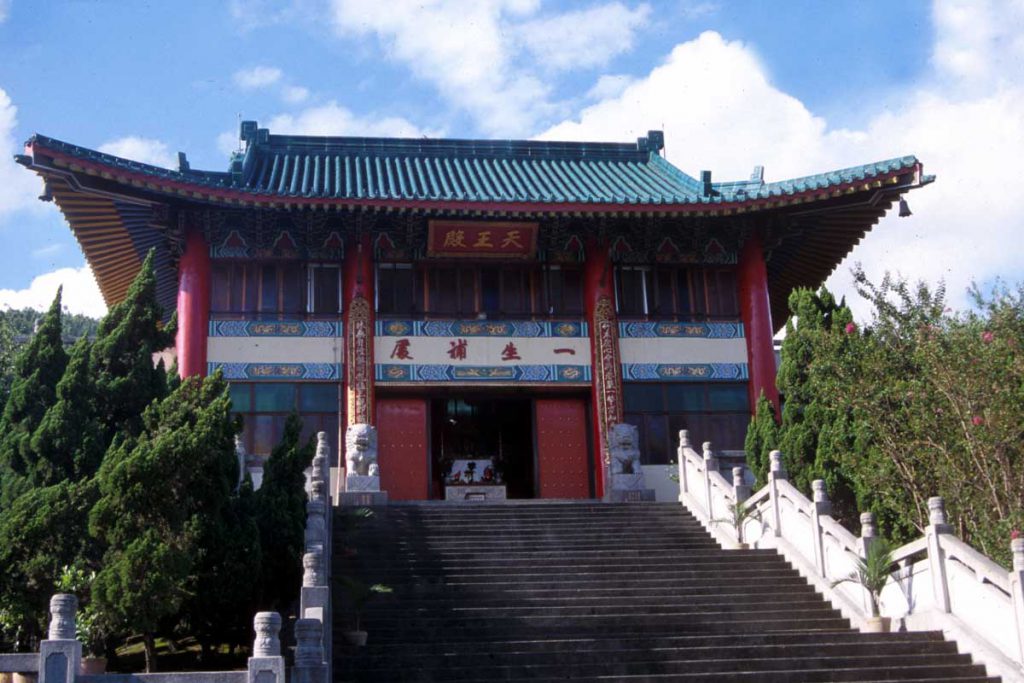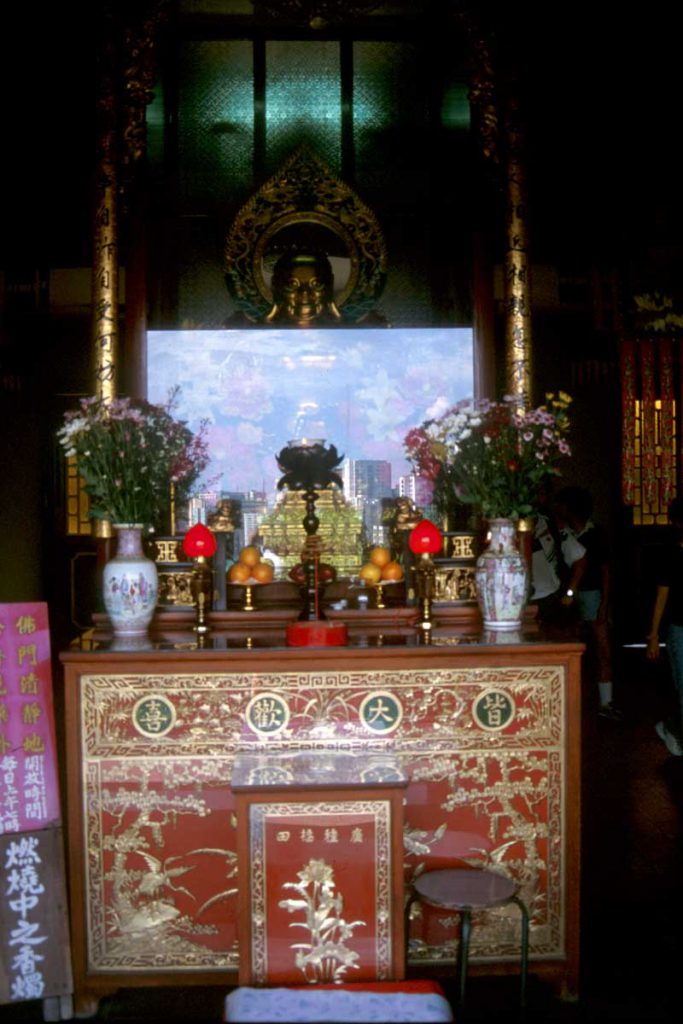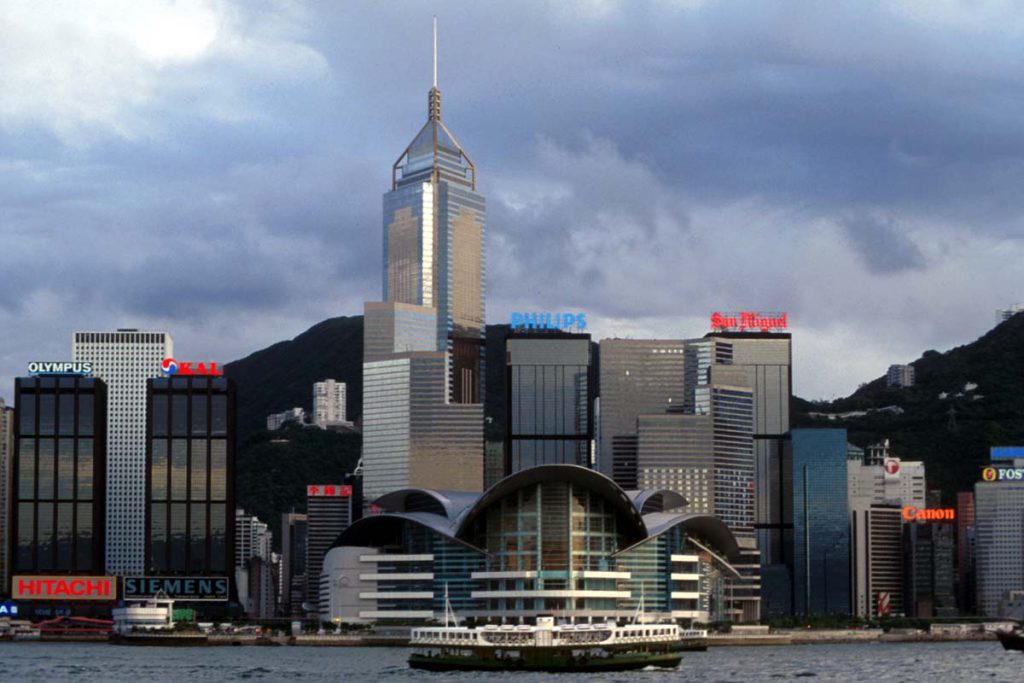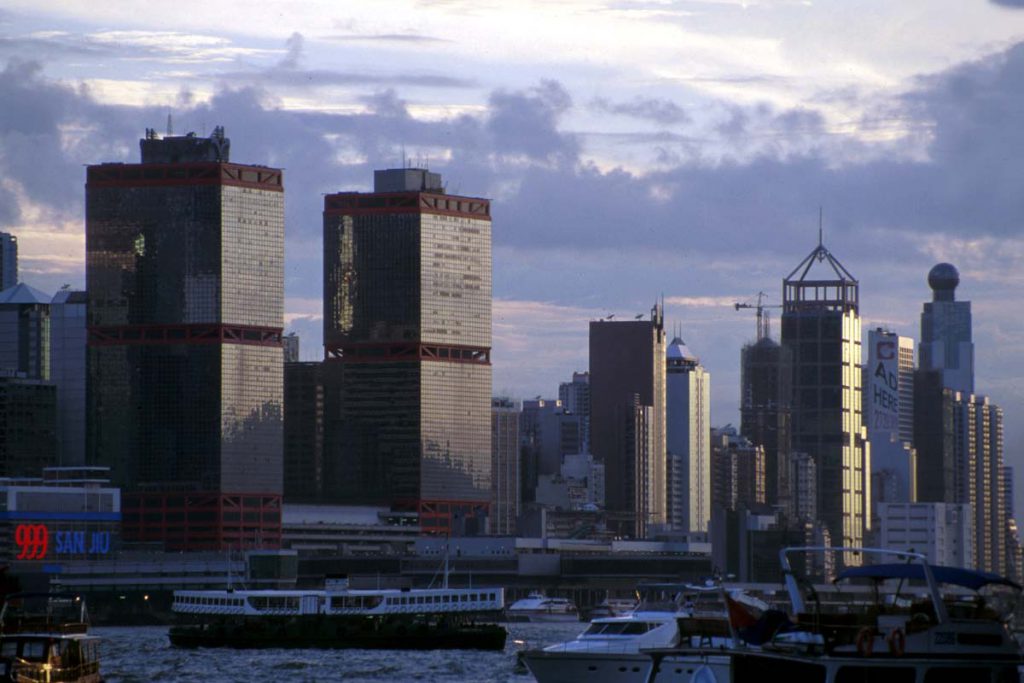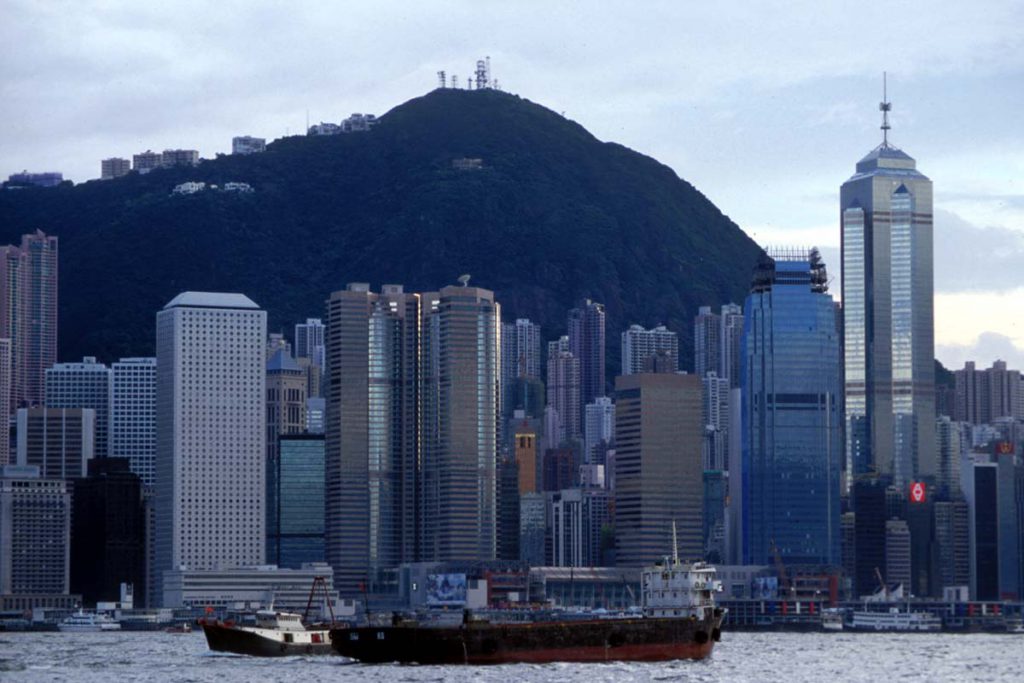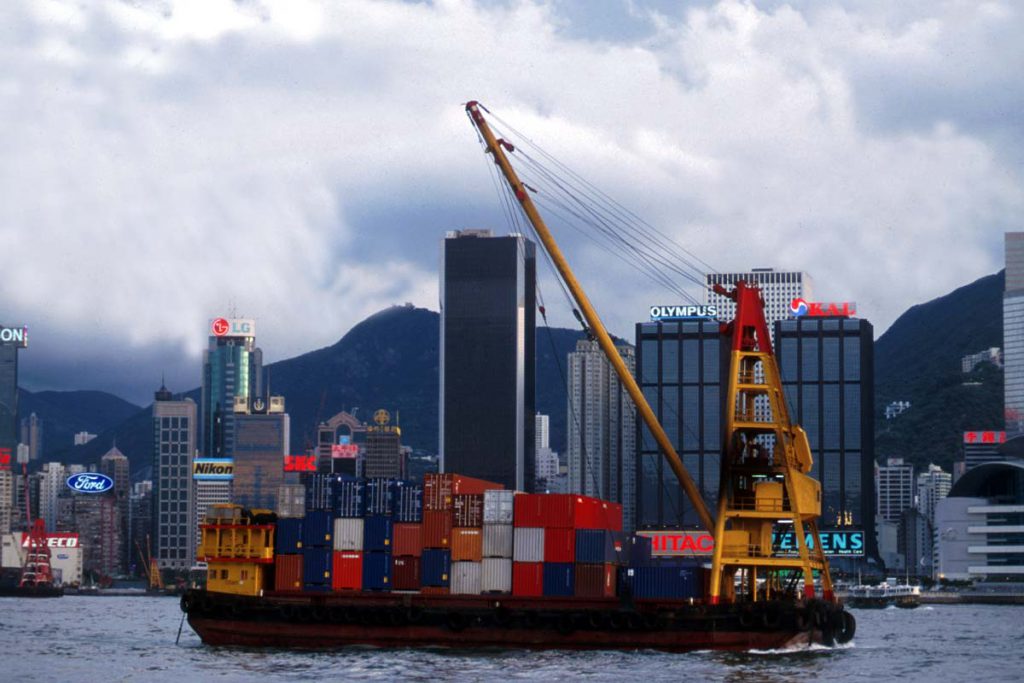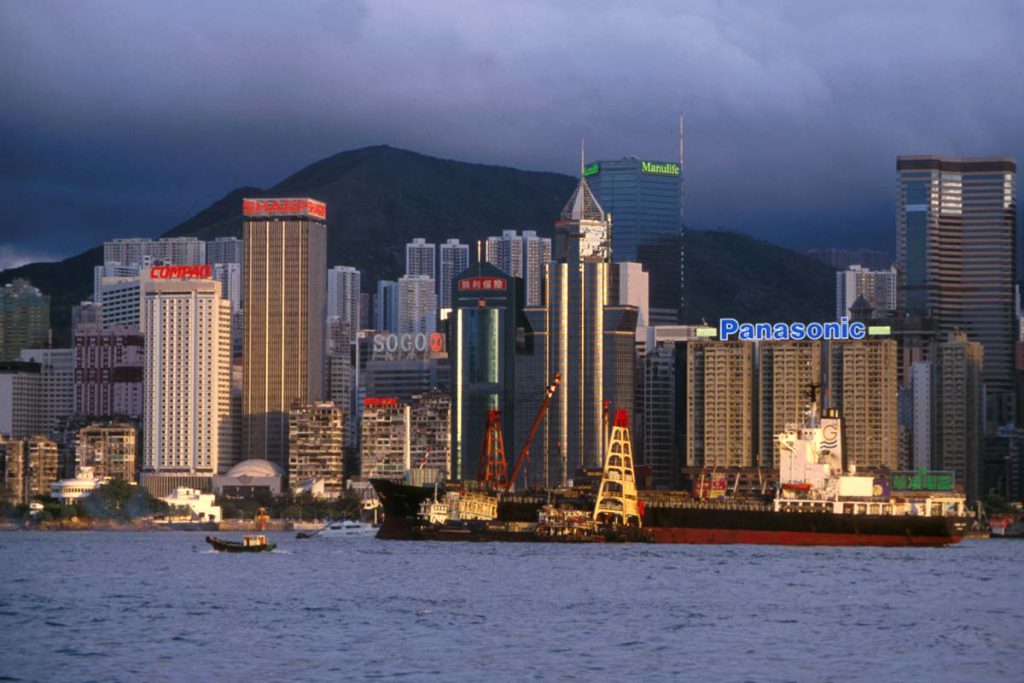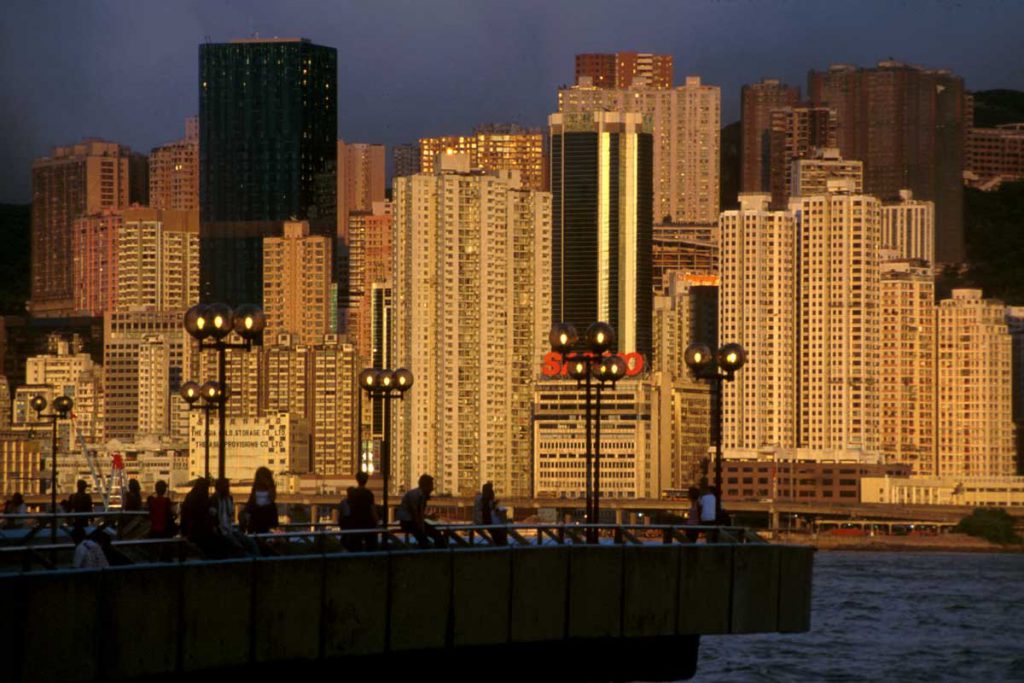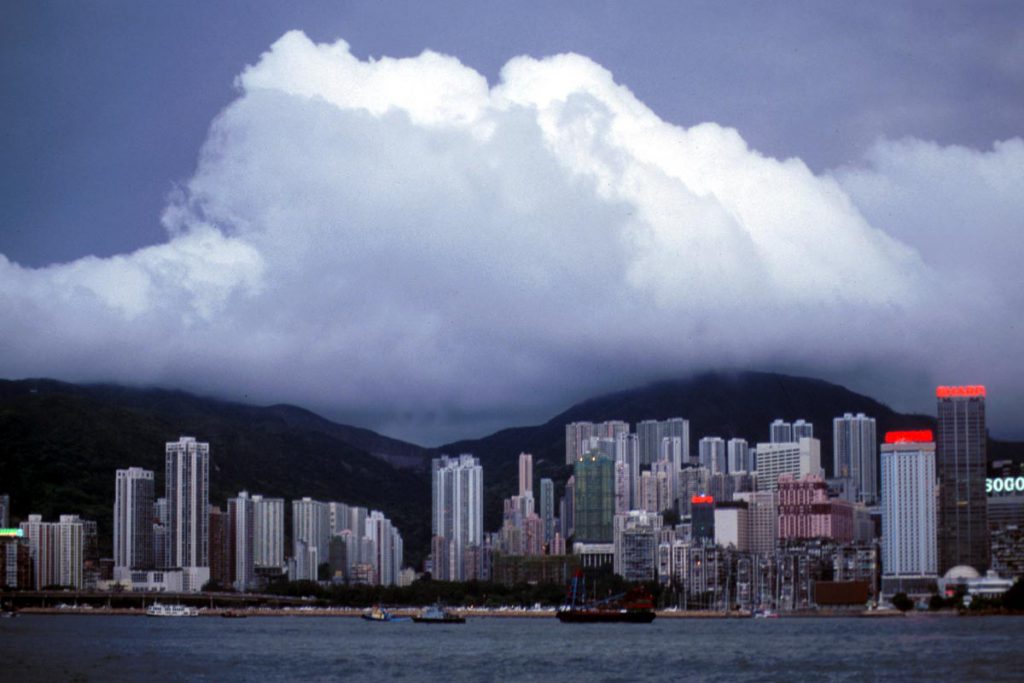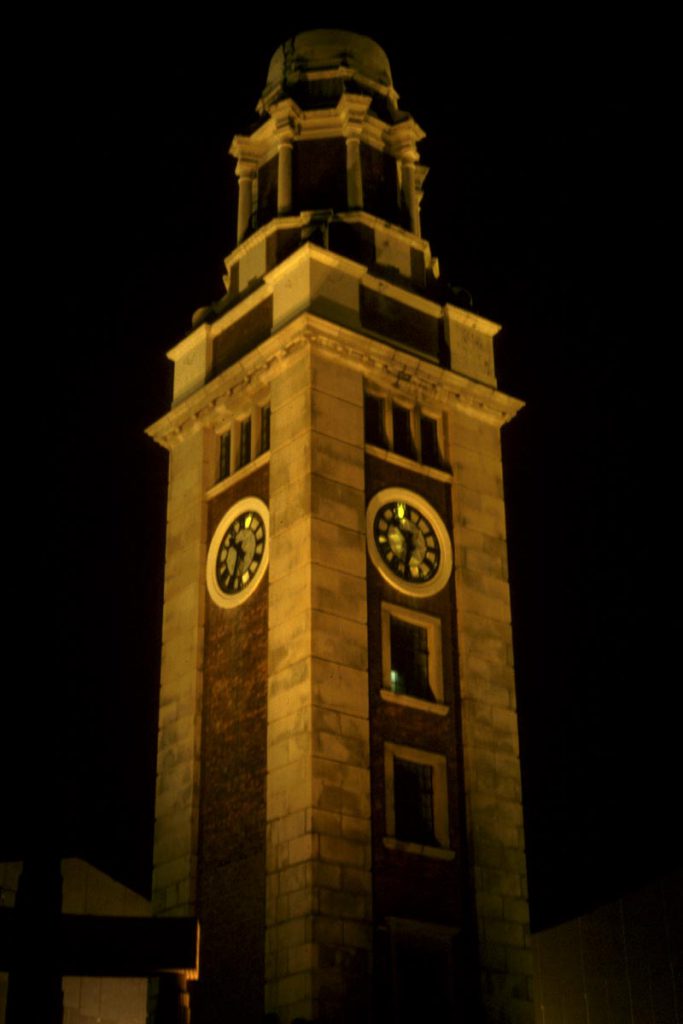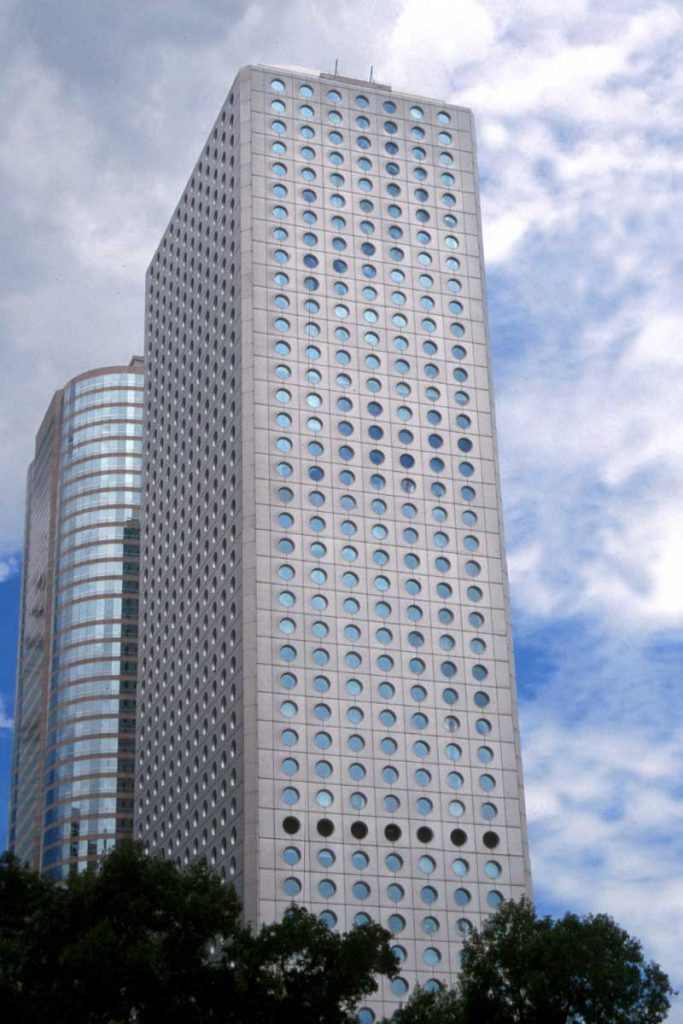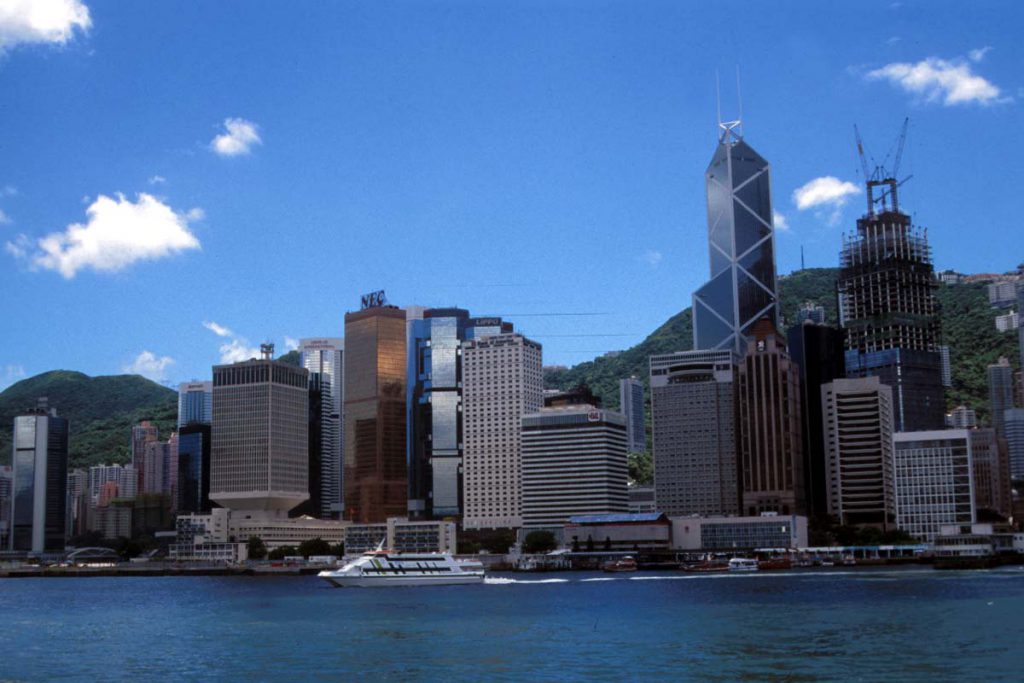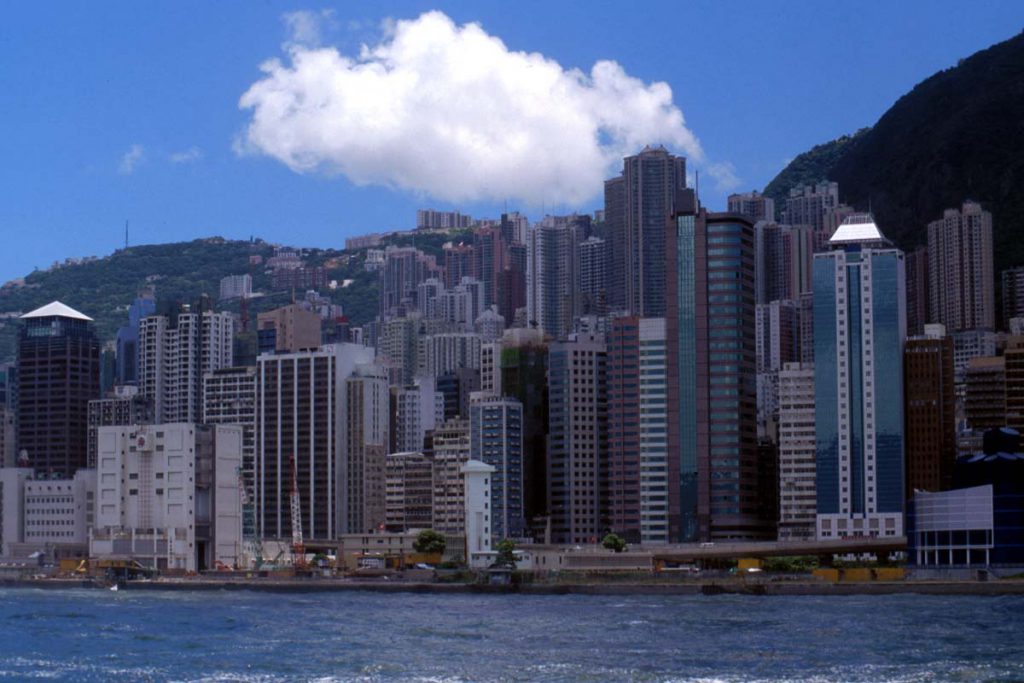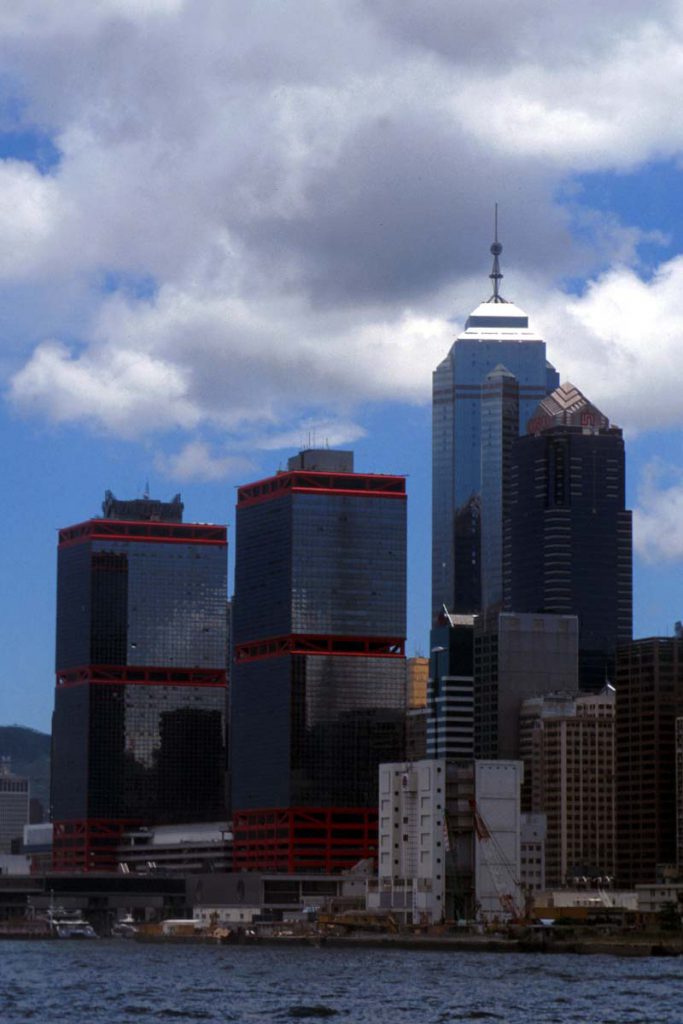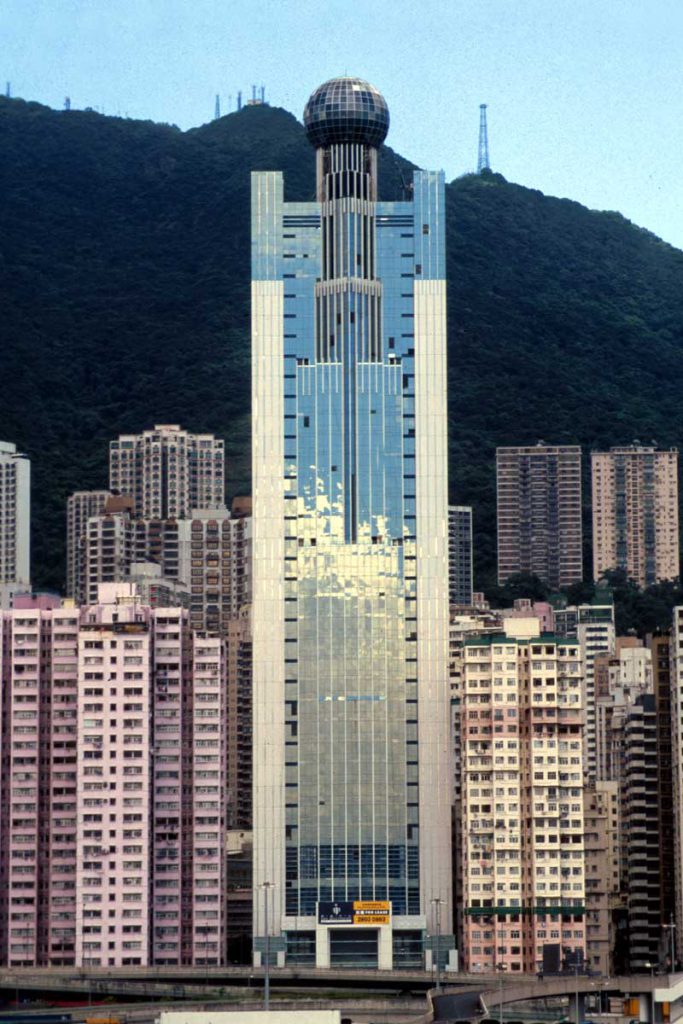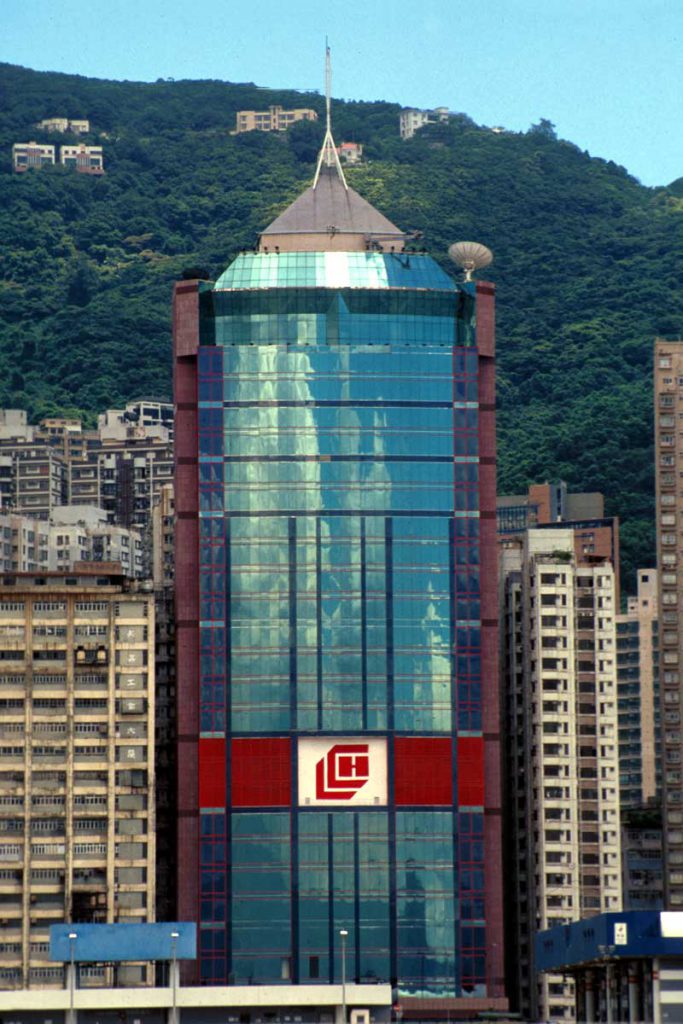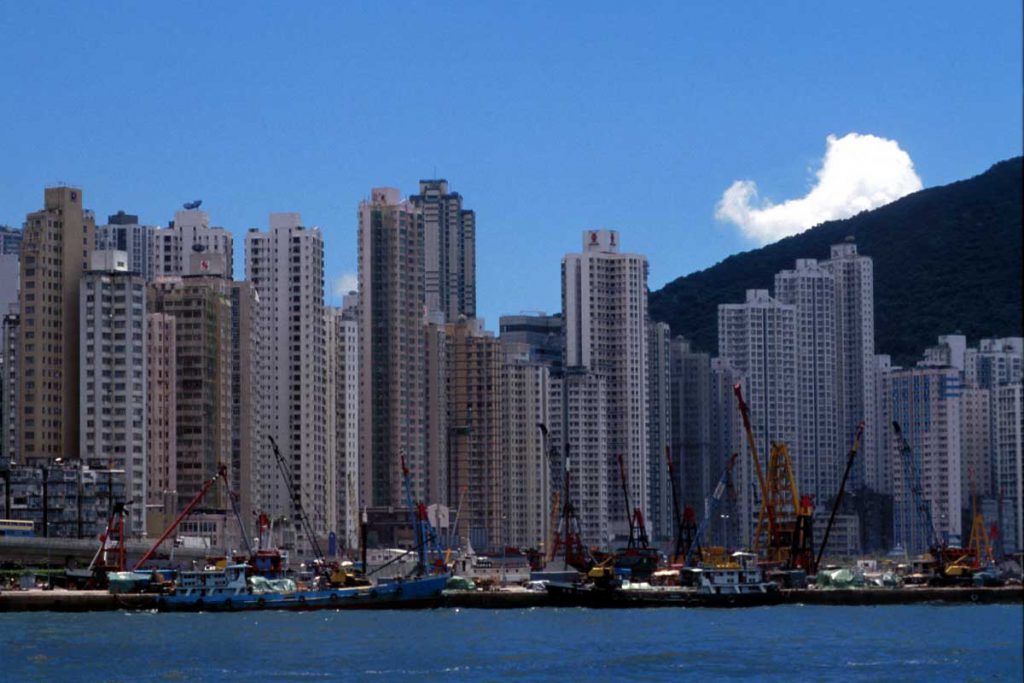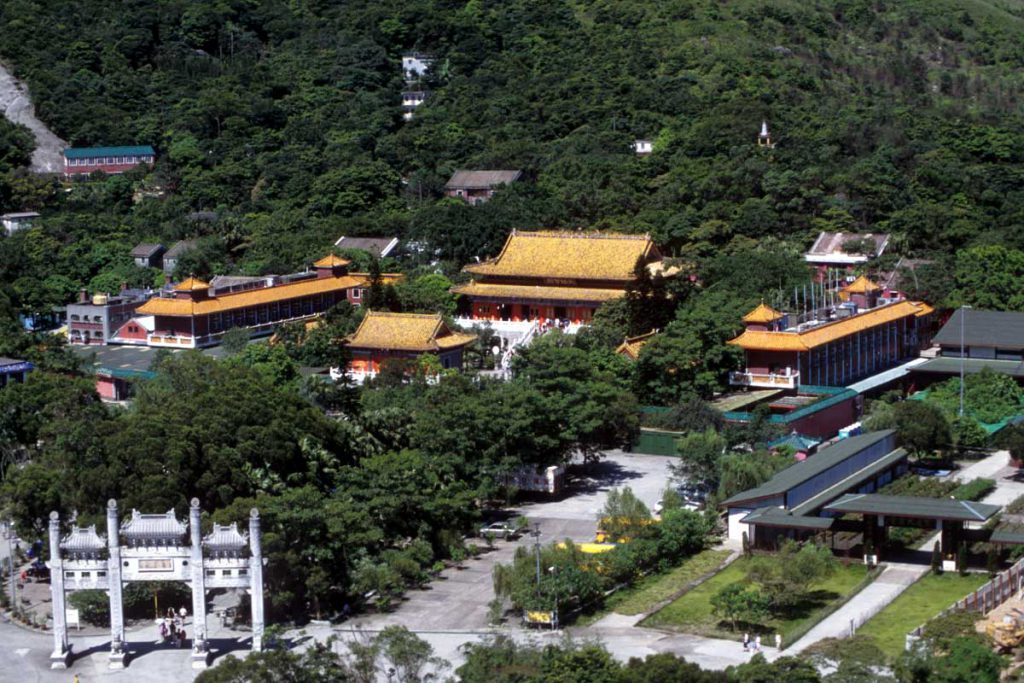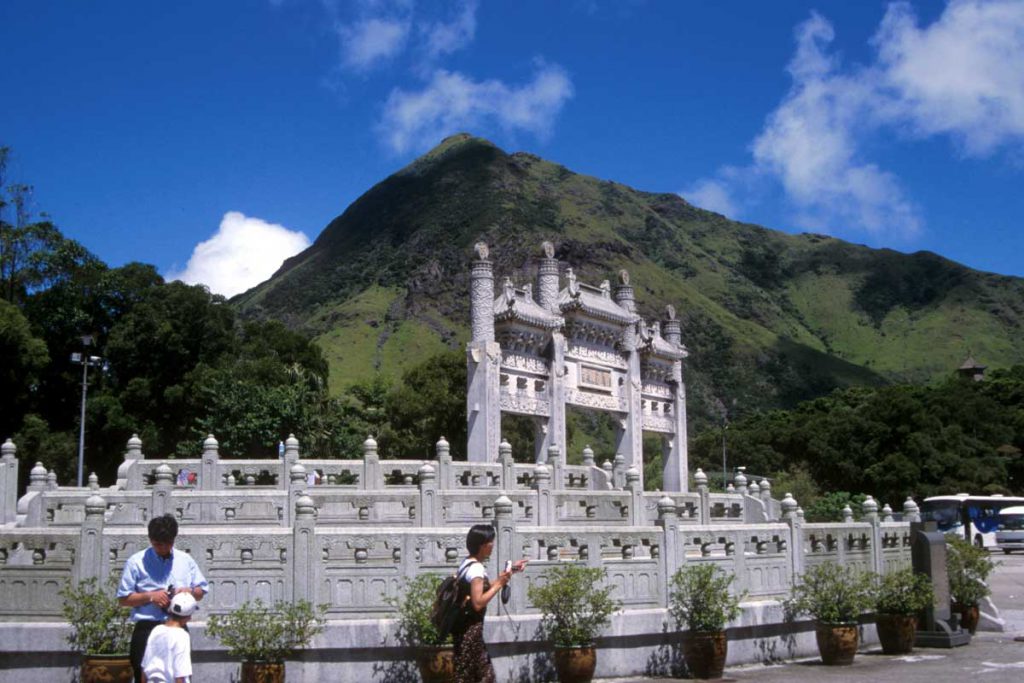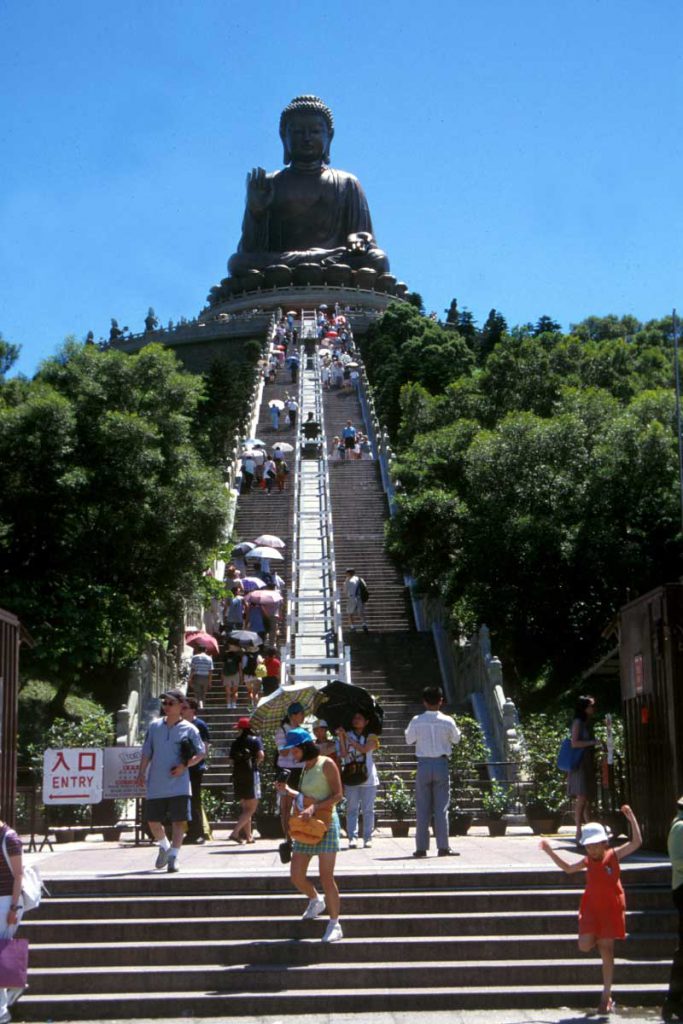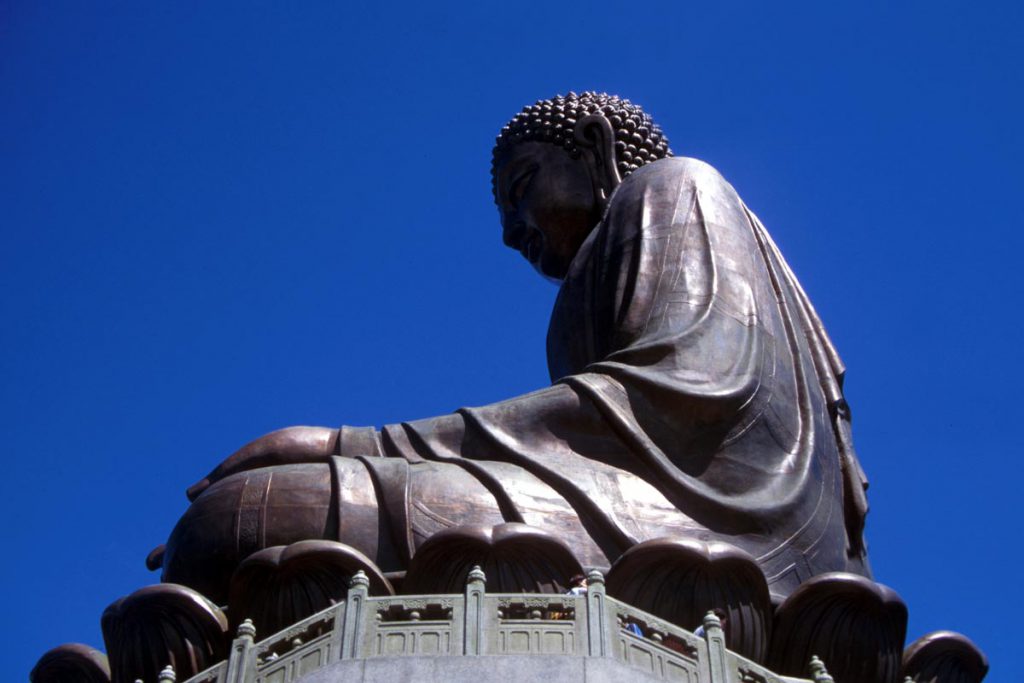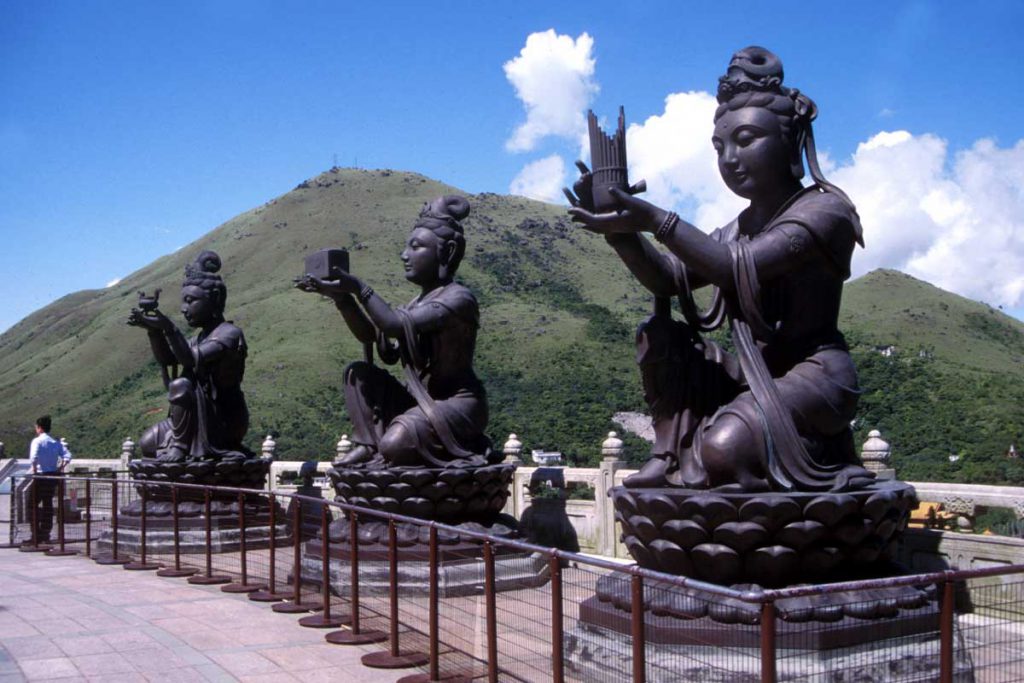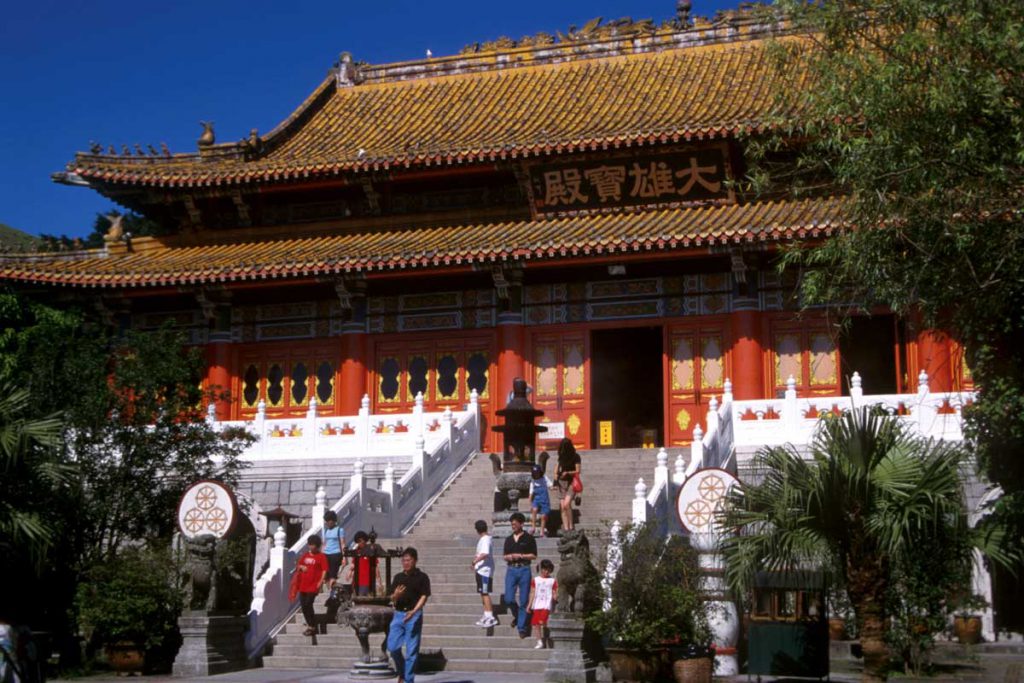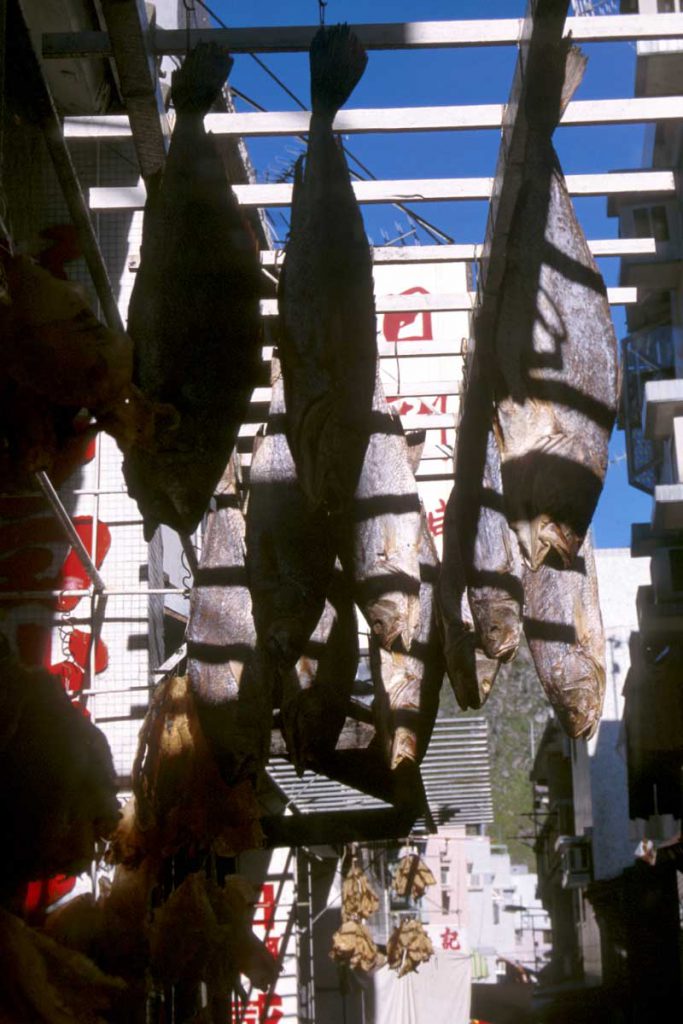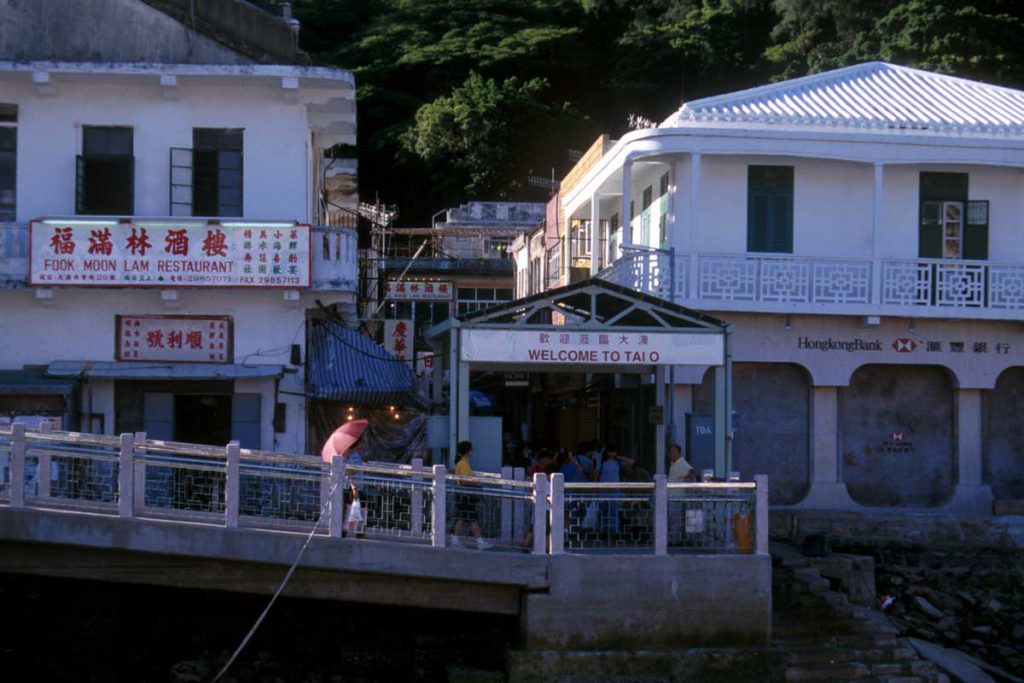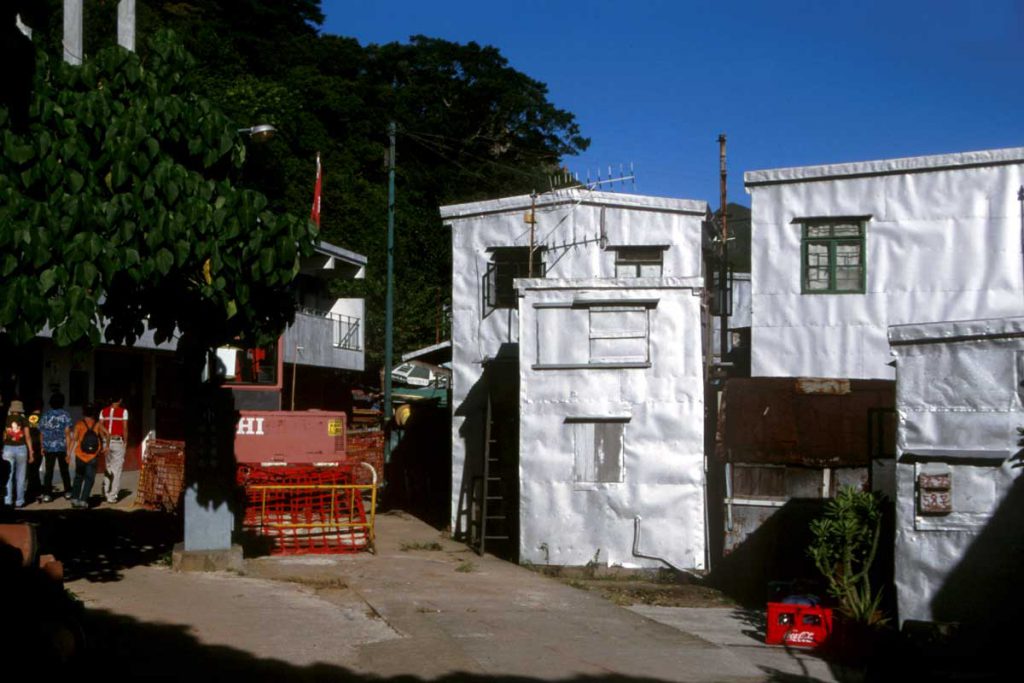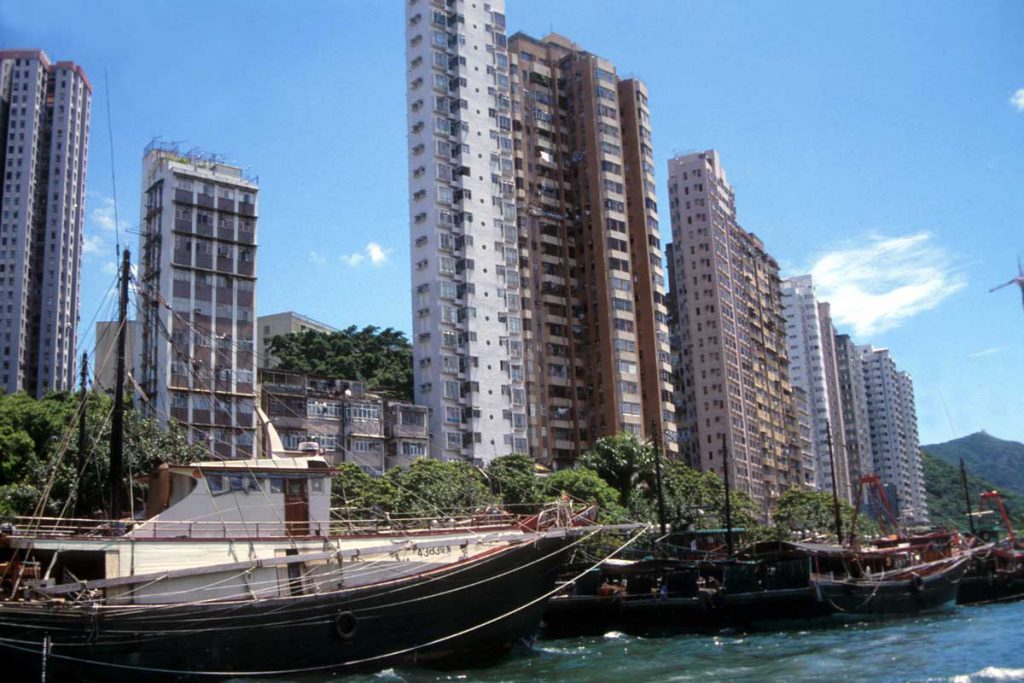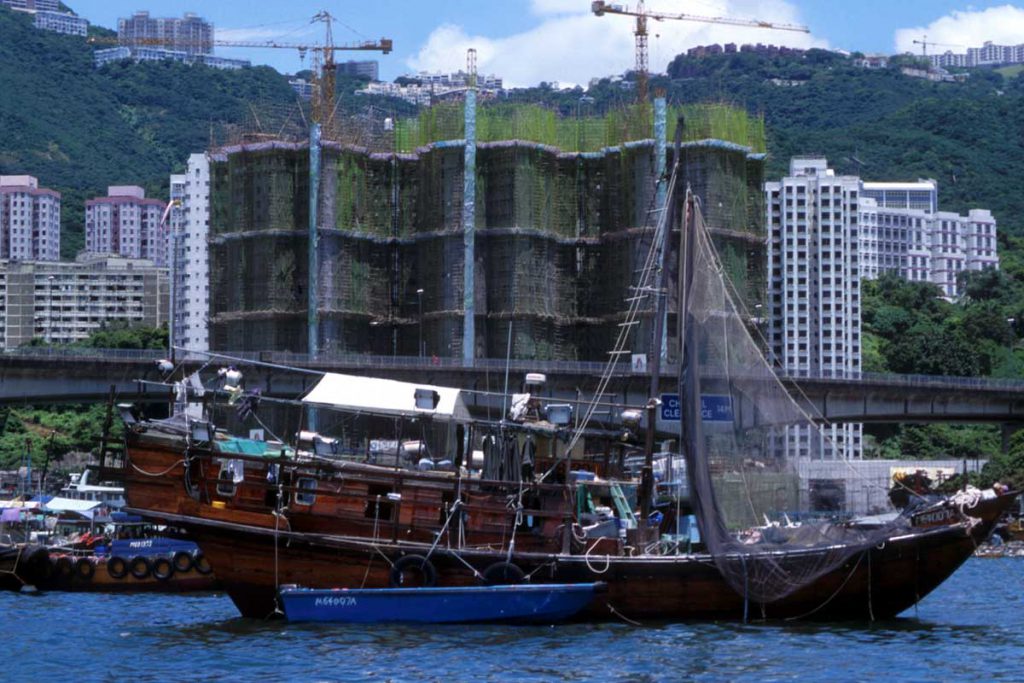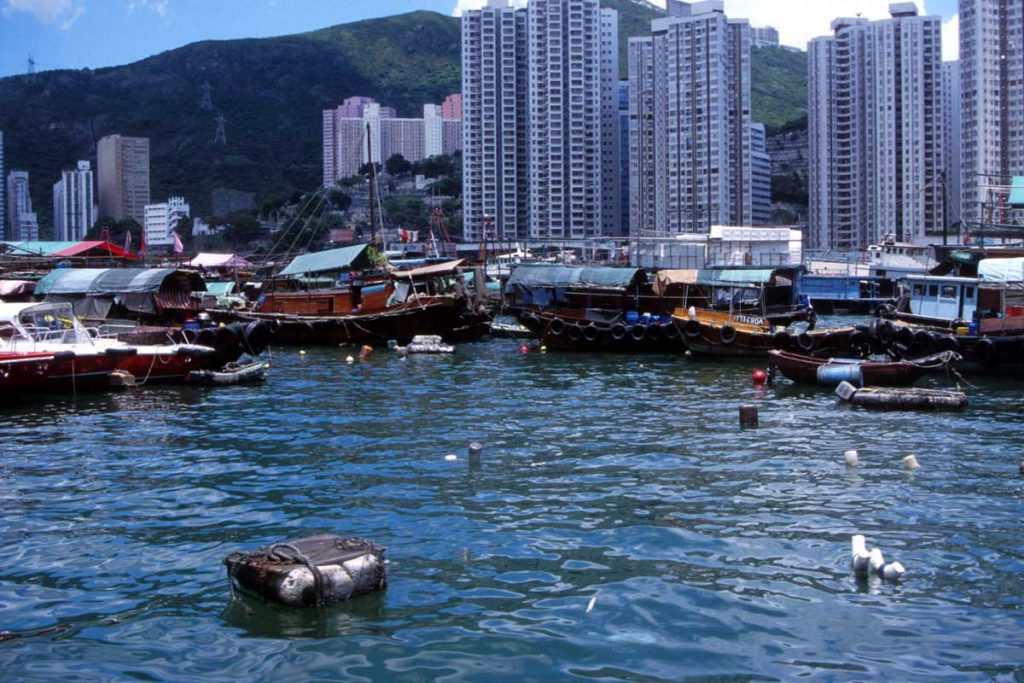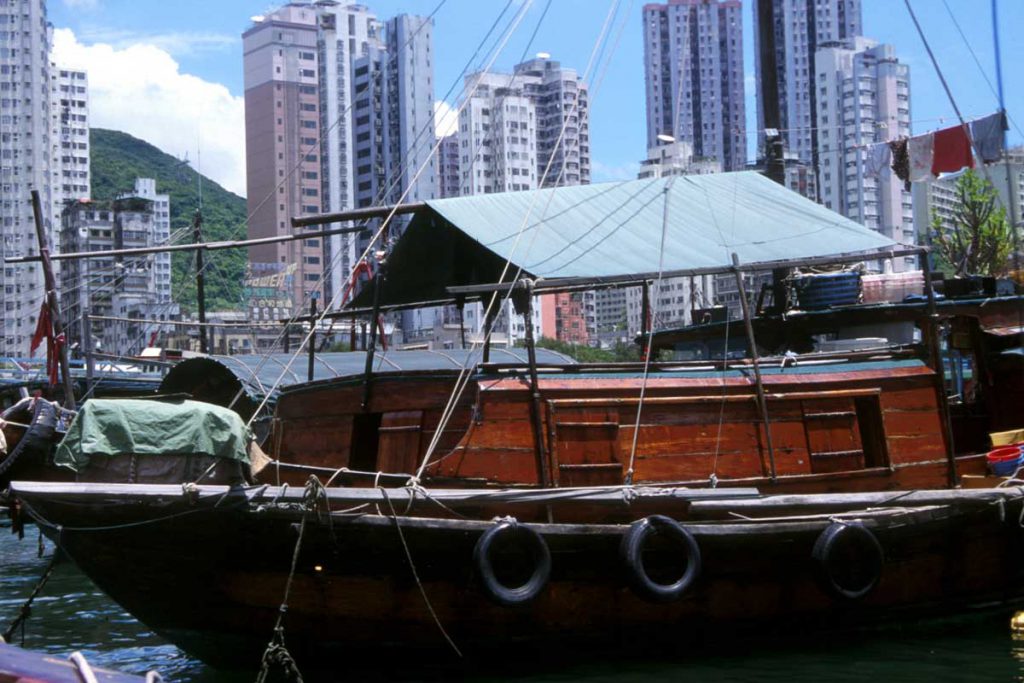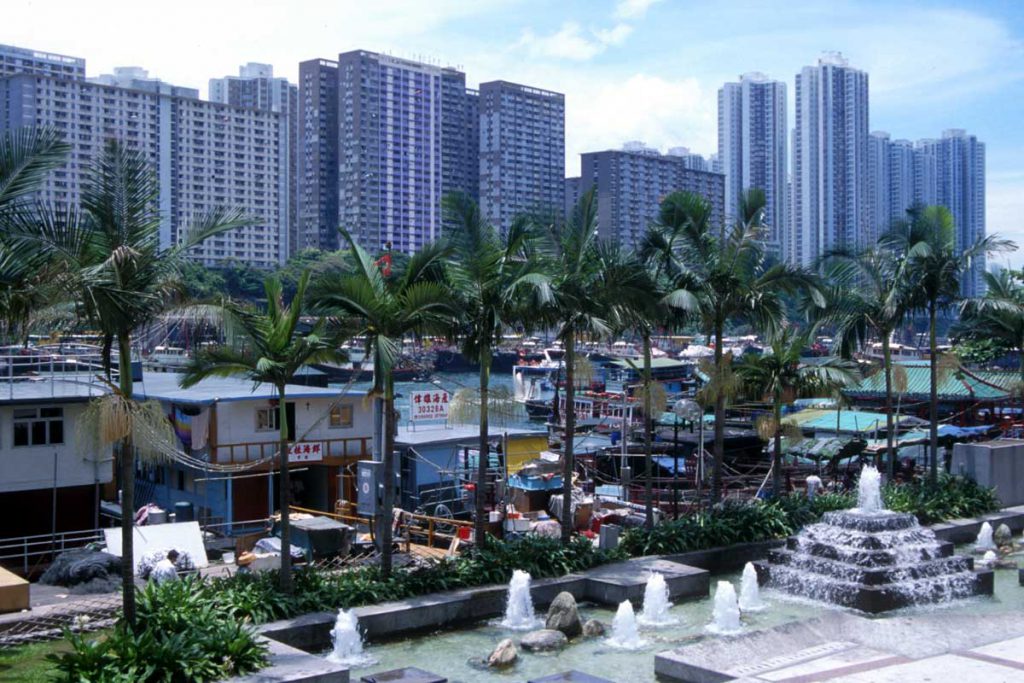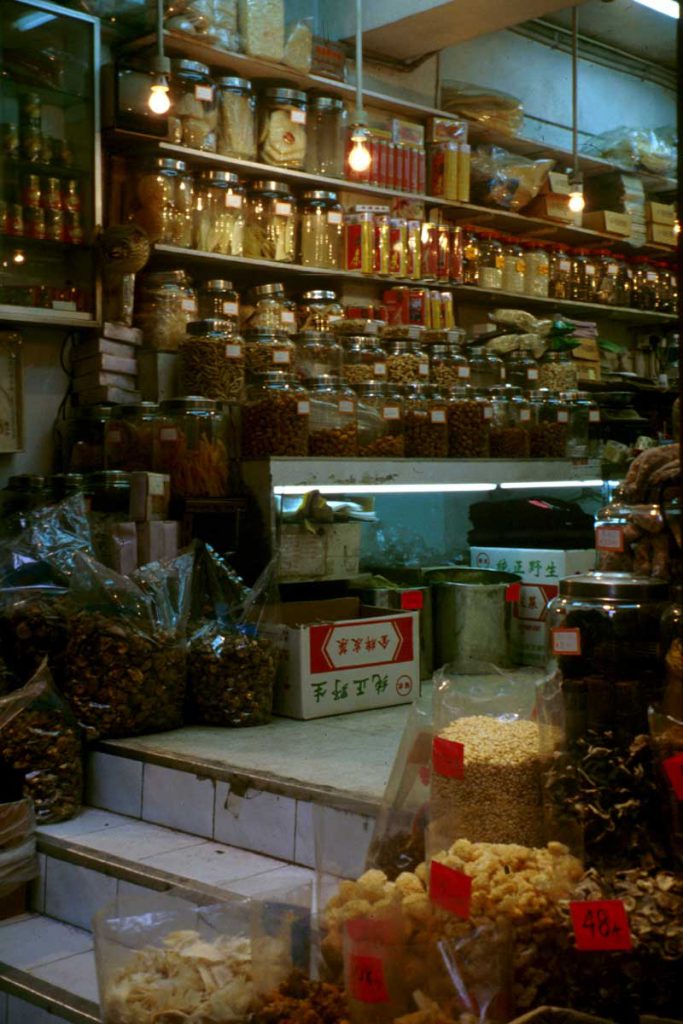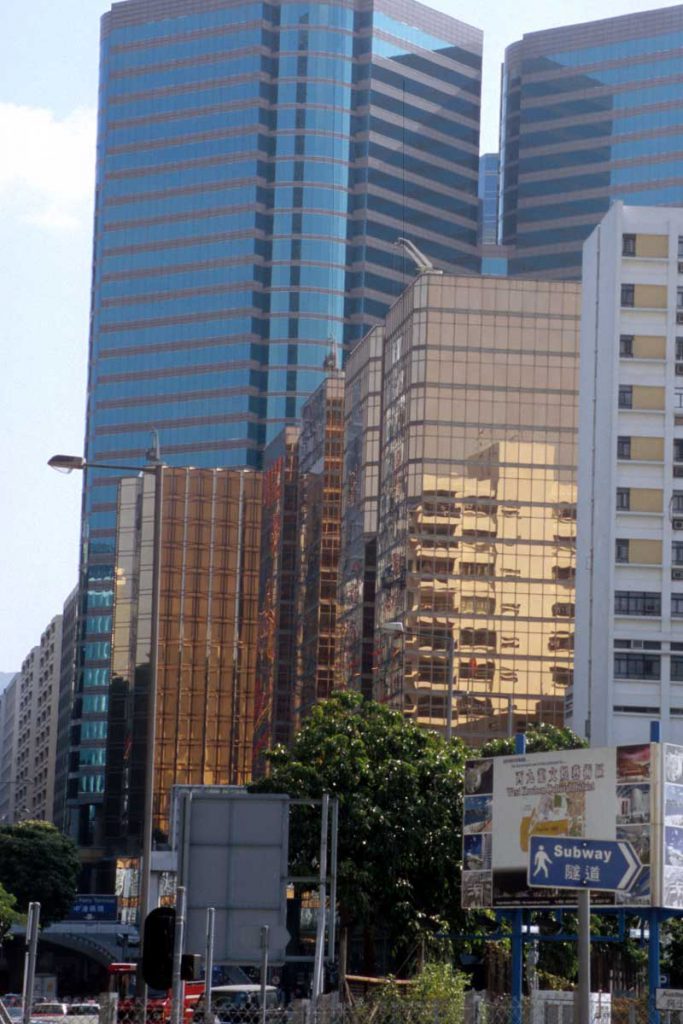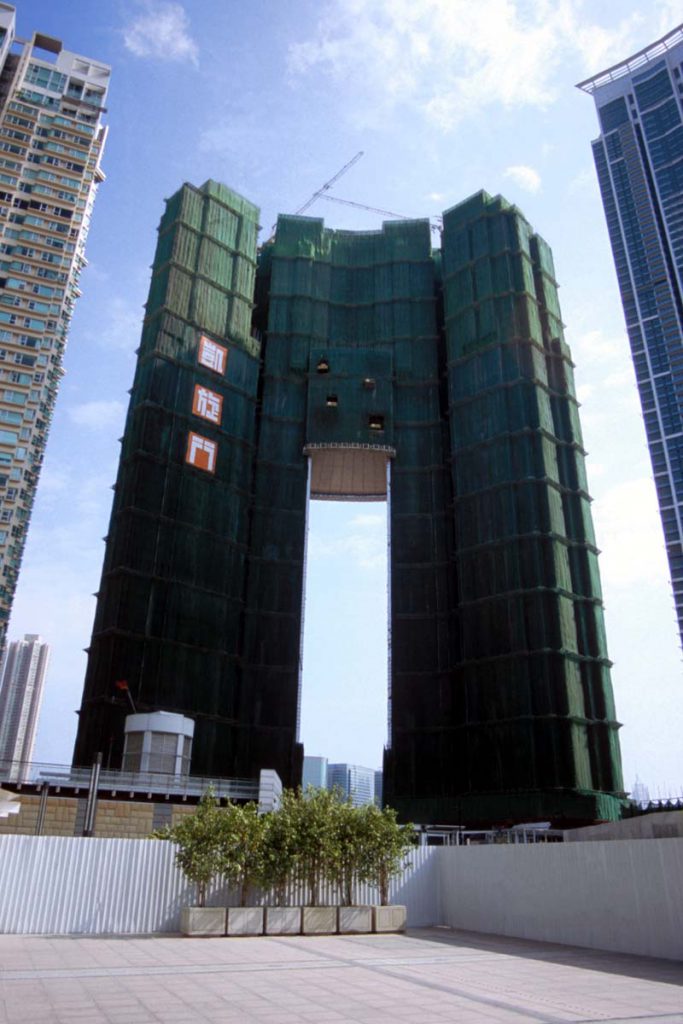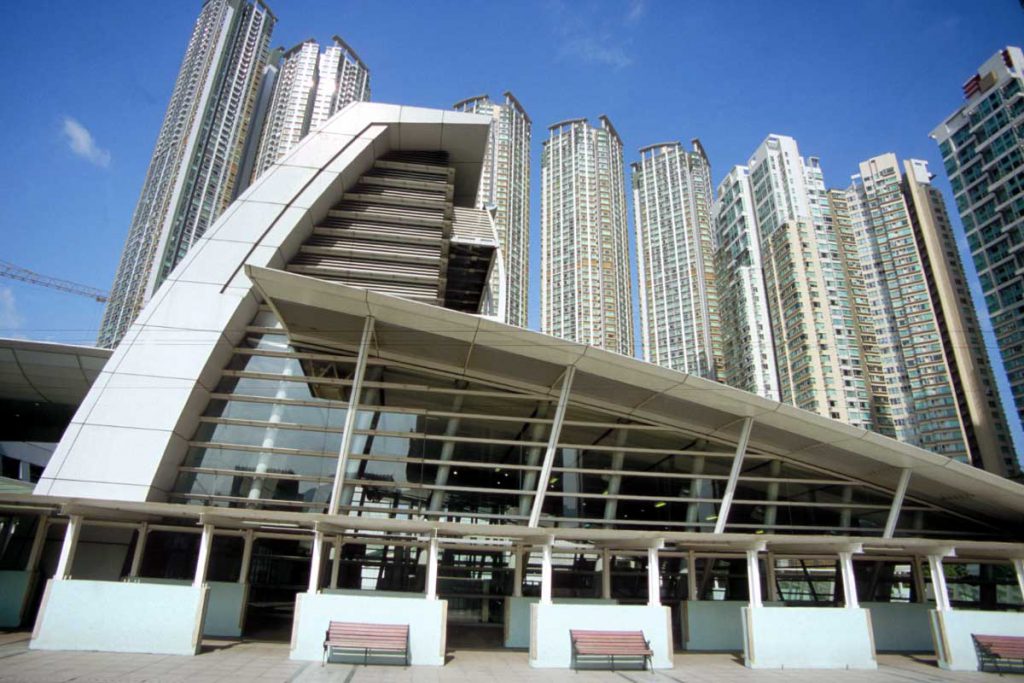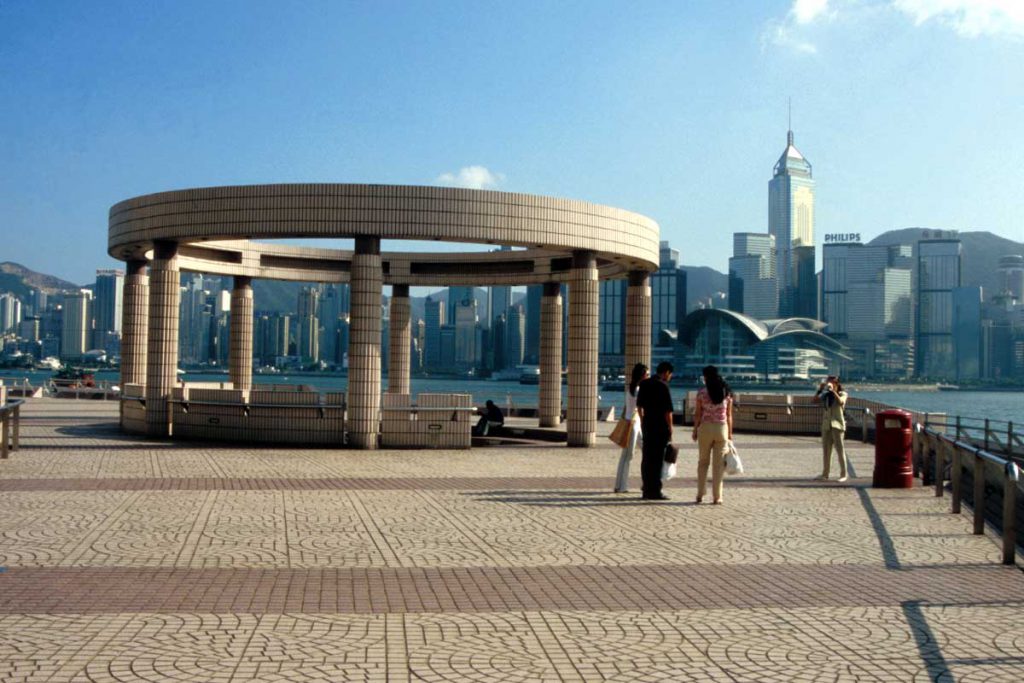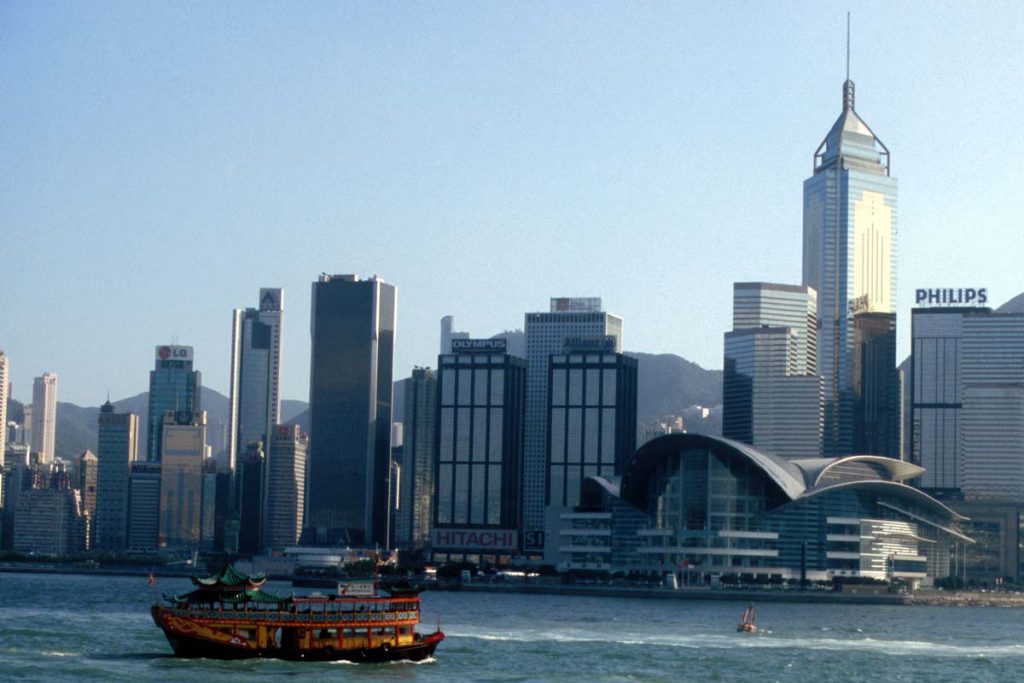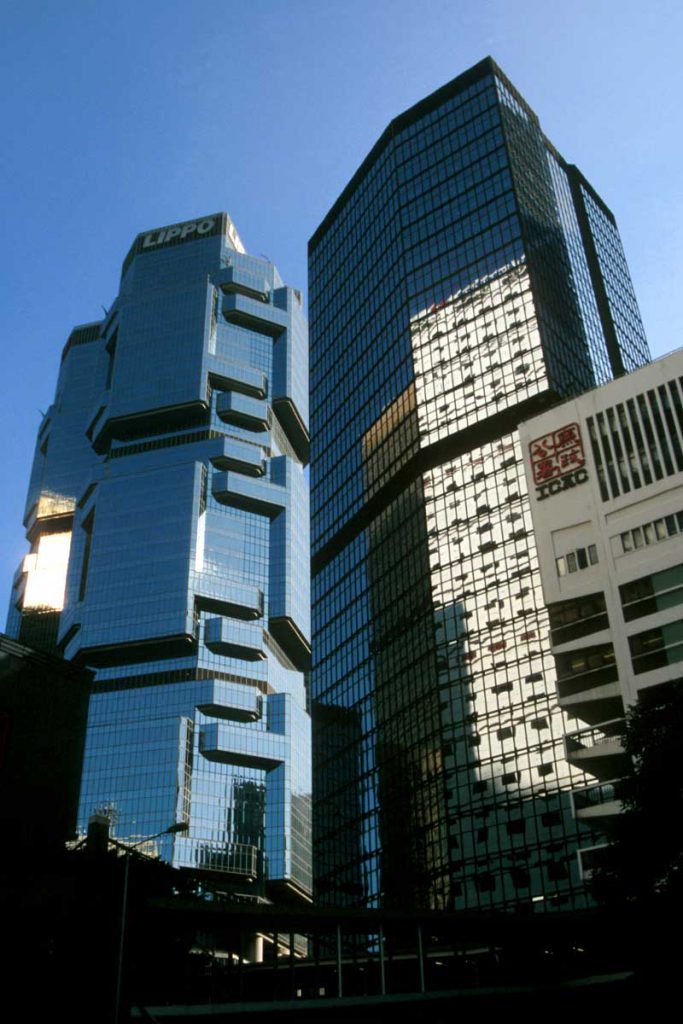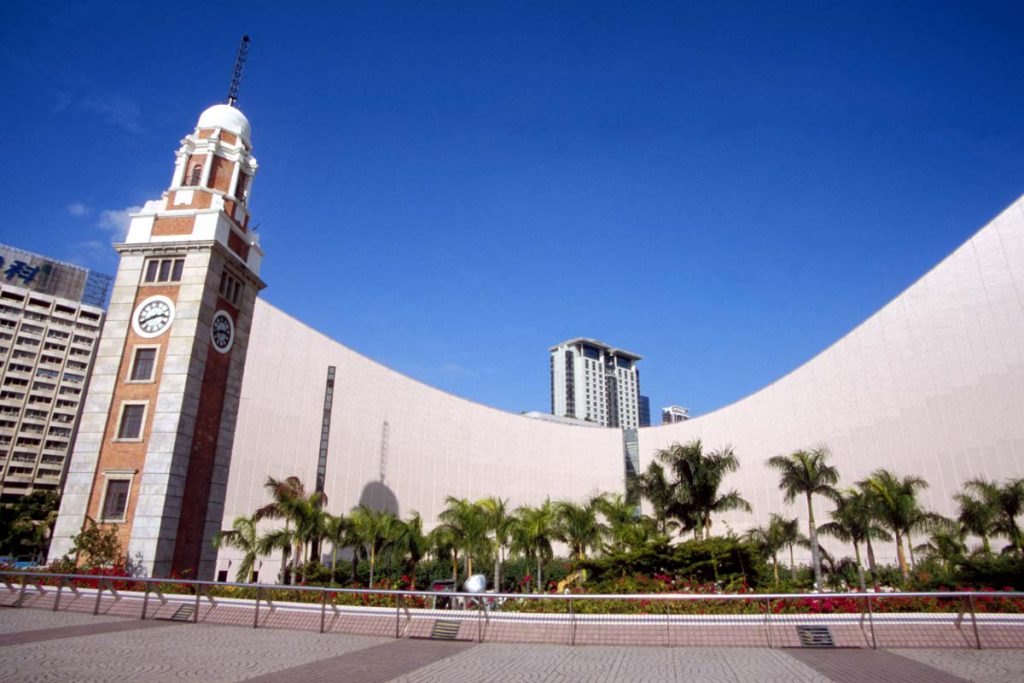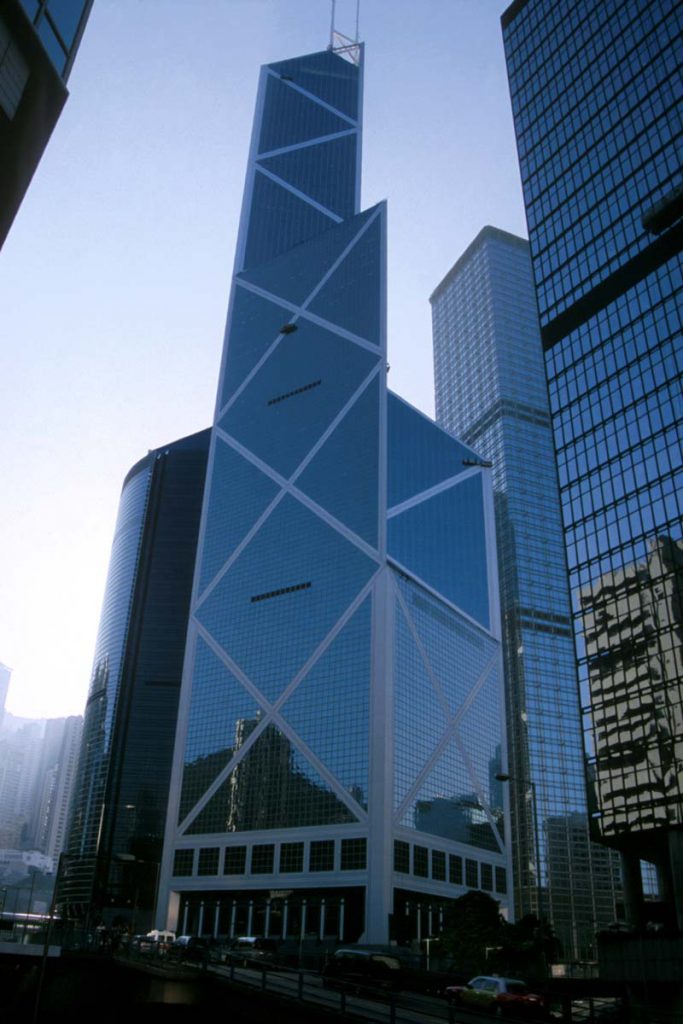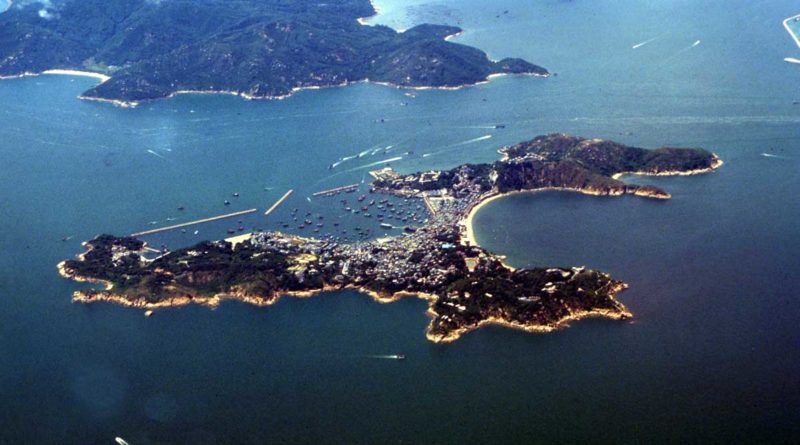Hong Kong
Hong Kong is ideally positioned in the centre of rapidly developing East Asia. With a total area of 1104 square kilometres, it covers Hong Kong Island, Kowloon Peninsula and the New Territories. Hong Kong was a British colony from 1842 until its sovereignty was transferred to the People’s Republic of China in 1997. Hong Kong has one of the world’s most liberal economies and is of great importance as an international centre of finance and trade as well as a major international and regional aviation hub.
The Hong Kong Stock Exchange is the second largest in Asia after Tokyo; its index is the Hang Seng, which is owned and managed by the Hang Seng Bank, itself owned by the Hong Kong and Shanghai Bank (HSBC). The Hong Kong International Airport, built on reclaimed land on the island of Chek Lap Kok, is one of the busiest in the world, and is served by all leading international airlines. Travel to the city is made easy by the Airport Express, a modern mass transit railway link stopping at Tsing Yi, and Kowloon, and reaching the city itself in only 24 minutes.
Hong Kong’s population numbered around 7.1 million in 2010, having risen from about 6.7 million in 2000. With a land area of only 1,104 sq km (426 sq miles), it is the 4th most densely populated country in the world after Macau, Monaco and Singapore. Hong Kong has partly solved the population density problem by building upwards. The city is number one in the world for skyscrapers, with nearly 200 over 150m (492 feet) high; New York has 67 fewer at that height. Around 96% of Hong Kong’s population is Chinese, the majority of whom are Cantonese. The official languages are Chinese and English.
Hong Kong offers photographers a wealth of spectacular scenes and its night-time cityscapes are surely second to none. One of Hong Kong’s many attractions includes The Peak, which offers fantastic views over the city, harbour and to the mountains. The best way to reach the top is by the 120 year old funicular railway called the Peak Tram. However be prepared not to see as much as you had hoped, as Hong Kong suffers frequently from air pollution. Another key attraction is the Victoria Harbour, which you can explore from the Star Ferry which goes to Kowloon. The harbour water front feels like the centre of everything in Hong Kong and can easily be explored on foot.
Also not to be missed at the harbour is the Symphony of Lights Show, put on every night and featuring the harbour-front buildings. For great photos of the laser and light show, cross to Kowloon on the Star Ferry, where you will find specially provided vantage points looking back across the water. Thousands of people take photographs from here every night, and the atmosphere is one of excitement and wonder. Nature lovers shouldn’t miss The Hong Kong Global Geopark of China, which covers eight stunning scenic areas in the New Territories. Hong Kong has so many attractions and photographic opportunities that it is impossible to mention them here. You’ll find a wealth of things to see, do and photograph on Hong Kong Island, in Kowloon, the New Territories and further afield on the outlying islands.
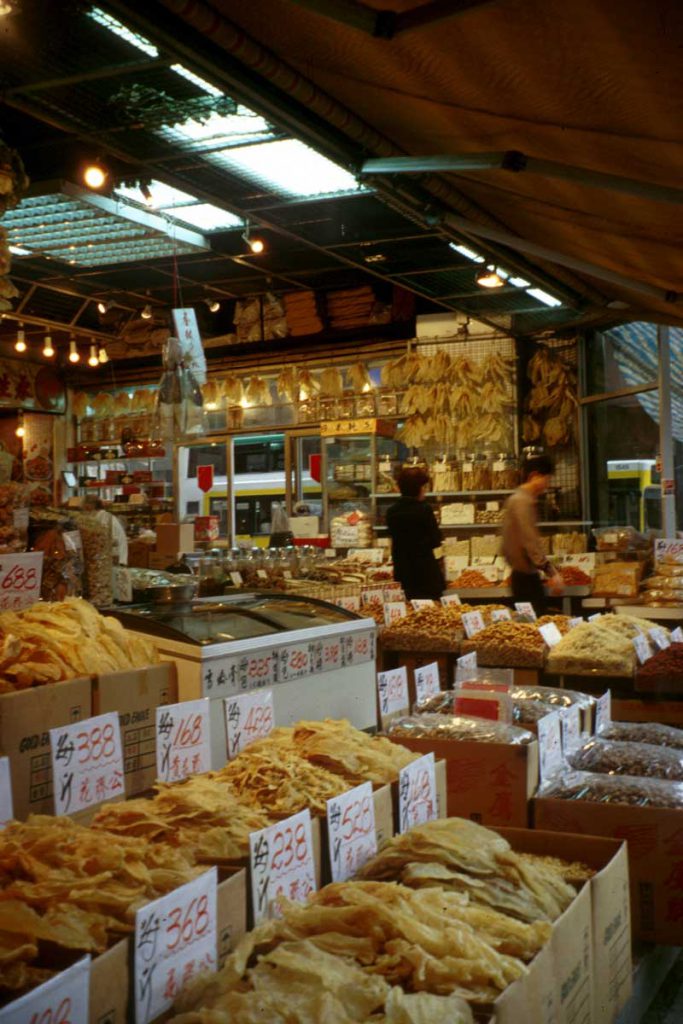
Flavors of Hong Kong Kitchen
Nestled within the bustling streets of Hong Kong lies a culinary treasure trove that delights locals and travelers alike: the Hong Kong kitchen. Renowned for its diverse array of flavors, influenced by Cantonese, British, and other regional cuisines, the Hong Kong kitchen offers a culinary adventure like no other.
A Fusion of Tradition and Innovation
At the heart of Hong Kong’s culinary scene is a harmonious blend of tradition and innovation. Traditional Cantonese cuisine forms the backbone, characterized by fresh ingredients, subtle flavors, and meticulous preparation techniques that have been passed down through generations.
However, what truly sets the Hong Kong kitchen apart is its openness to innovation. The city’s dynamic food culture embraces influences from around the world, resulting in unique fusion dishes that reflect its cosmopolitan character. From trendy cafes serving up Instagram-worthy creations to humble street stalls dishing out beloved classics, innovation thrives in every corner of Hong Kong’s culinary landscape.
Dim Sum Delights: A Culinary Tradition
No exploration of Hong Kong’s kitchen would be complete without indulging in dim sum, the quintessential Cantonese dining experience. Translating to “touch the heart,” dim sum encompasses a variety of bite-sized dishes, from delicate dumplings to steamed buns filled with savory delights.
Dim sum restaurants in Hong Kong range from opulent establishments adorned with chandeliers to no-frills teahouses bustling with locals. Regardless of the setting, the ritual of sharing dim sum with friends and family remains a cherished tradition, fostering a sense of community and conviviality.
Wok Hei: The Essence of Stir-Fry Mastery
Central to Cantonese cuisine is the art of stir-frying, where ingredients are rapidly cooked over high heat in a seasoned wok. This technique not only preserves the natural flavors and textures of the ingredients but also imparts a characteristic smoky aroma known as “wok hei.”
From stir-fried noodles to sizzling hotpots, the mastery of wok hei is evident in every dish served in Hong Kong’s kitchens. Chefs wield their woks with precision, orchestrating a symphony of flavors that dance on the palate, leaving diners craving for more.
Seafood Sensations: Fresh from the Ocean
Bordered by the South China Sea, Hong Kong boasts an abundance of fresh seafood that takes center stage in many of its culinary creations. From succulent steamed fish to crispy salt and pepper squid, seafood lovers will find themselves in gastronomic paradise.
One iconic dish that exemplifies Hong Kong’s love affair with seafood is the renowned “Typhoon Shelter Crab.” Inspired by the city’s fishing heritage, this dish features plump crab claws fried to perfection and seasoned with aromatic spices, creating a tantalizing blend of flavors that lingers on the taste buds.
Sweet Endings: Desserts with a Twist
No meal in Hong Kong is complete without a sweet finale, and the city’s dessert scene offers a delightful array of treats to satisfy every craving. From traditional tong sui (sweet soups) to modern interpretations of classic desserts, Hong Kong’s sweet offerings are as diverse as they are delicious.
One standout dessert is the iconic egg waffle, known locally as “gai daan jai.” Crispy on the outside and soft on the inside, these golden-hued waffles are a beloved street snack enjoyed by locals and visitors alike. Whether enjoyed plain or filled with sweet toppings like ice cream and fresh fruit, egg waffles are a must-try for anyone with a sweet tooth.
In the bustling metropolis of Hong Kong, the kitchen is more than just a place to prepare meals—it’s a melting pot of flavors, cultures, and traditions. From the humble dim sum teahouse to the upscale seafood restaurant overlooking Victoria Harbour, each culinary establishment tells a story of Hong Kong’s rich culinary heritage and vibrant food culture.
So, whether you’re a culinary connoisseur seeking new taste sensations or a curious traveler eager to explore the flavors of the East, a journey through the Hong Kong kitchen promises an unforgettable gastronomic adventure. Prepare your taste buds for a symphony of flavors that will tantalize, delight, and leave you craving for more.
